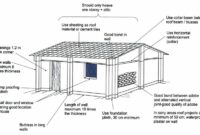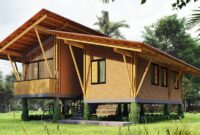Minimalist House For The Urban Area – Living in an urban area requires you to figure out, the right way to keep your sanity.
With the crowded situation and traffic jams everywhere, it can be suffocating. As a solution, make your house a sanctuary that will relax your body and mind after a tiring day.
An urban house should be reenergizing and recharging, allowing you to have a fresh body and mind for the other day.
The minimalist house has been chosen by many urban residents to treat themselves.
How to build a minimalist house?
Concept of House Ideas for the Urban Area: Maximizing Space and Efficiency
Urban areas are known for their dense population, limited space, and high property prices.
As cities continue to grow, homeowners and designers are tasked with creating functional, stylish, and efficient homes within these constraints.
Below are some innovative house ideas for urban areas that maximize space, incorporate sustainability, and enhance quality of life.
1. Compact and Efficient Layouts
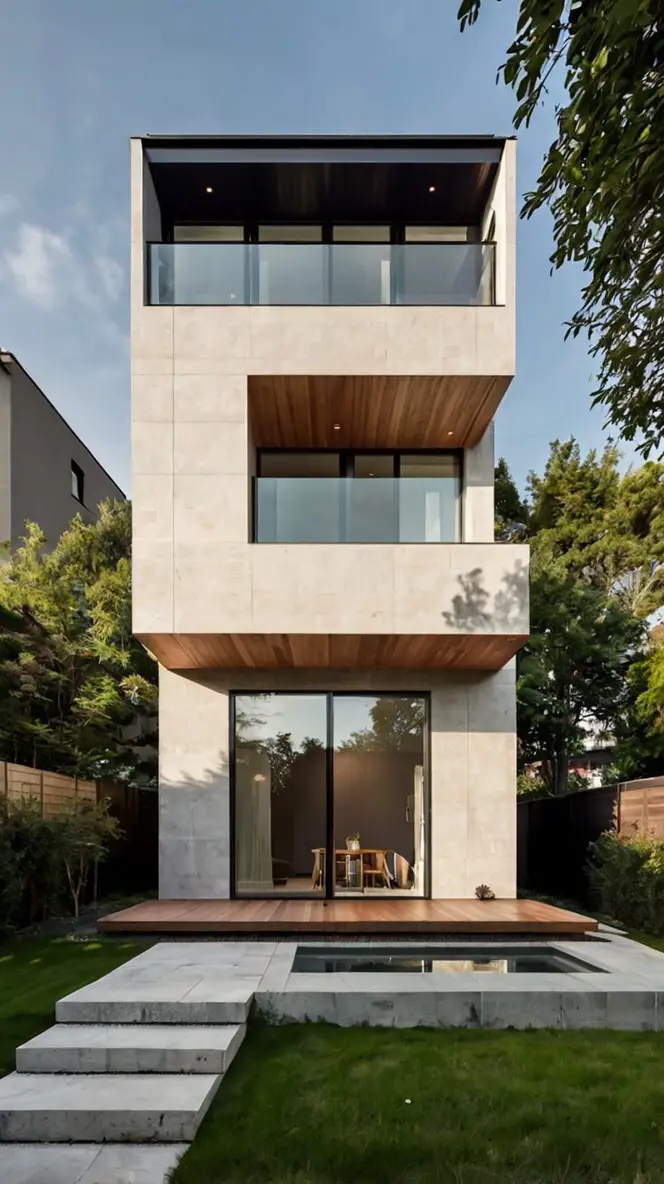
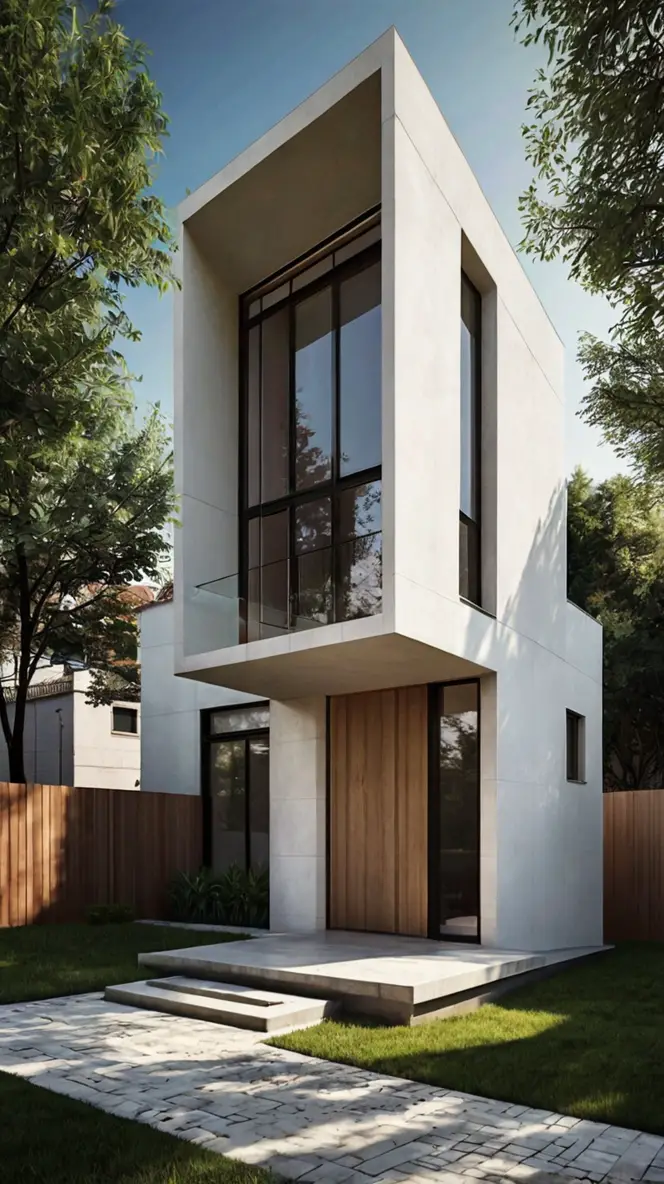
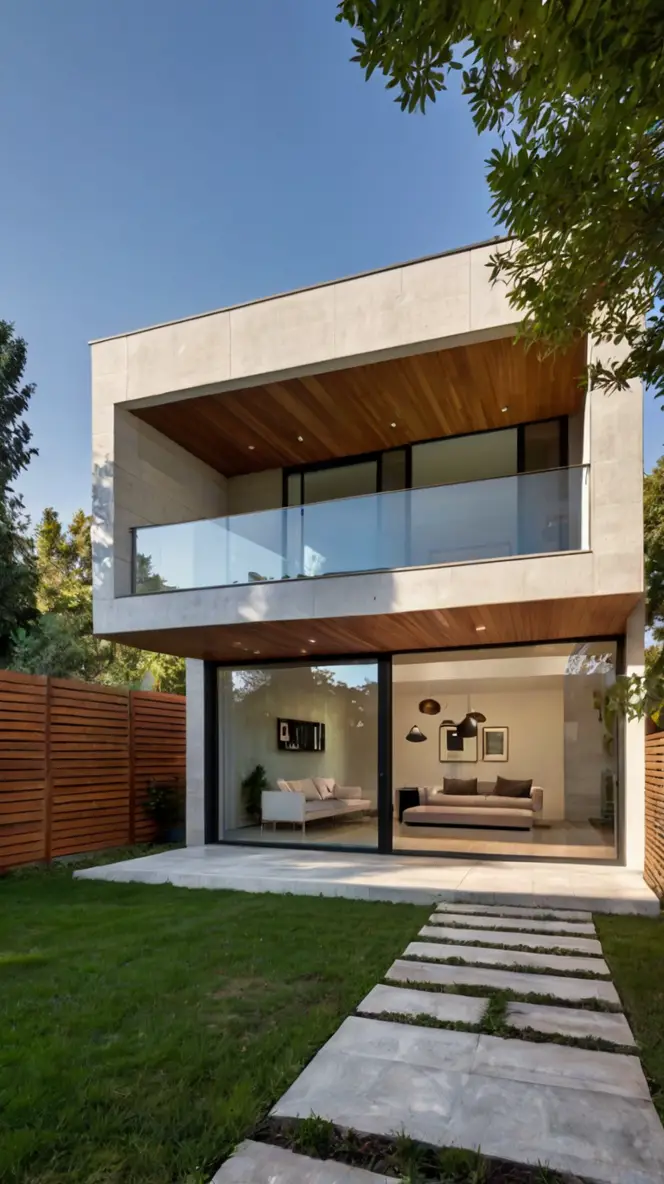
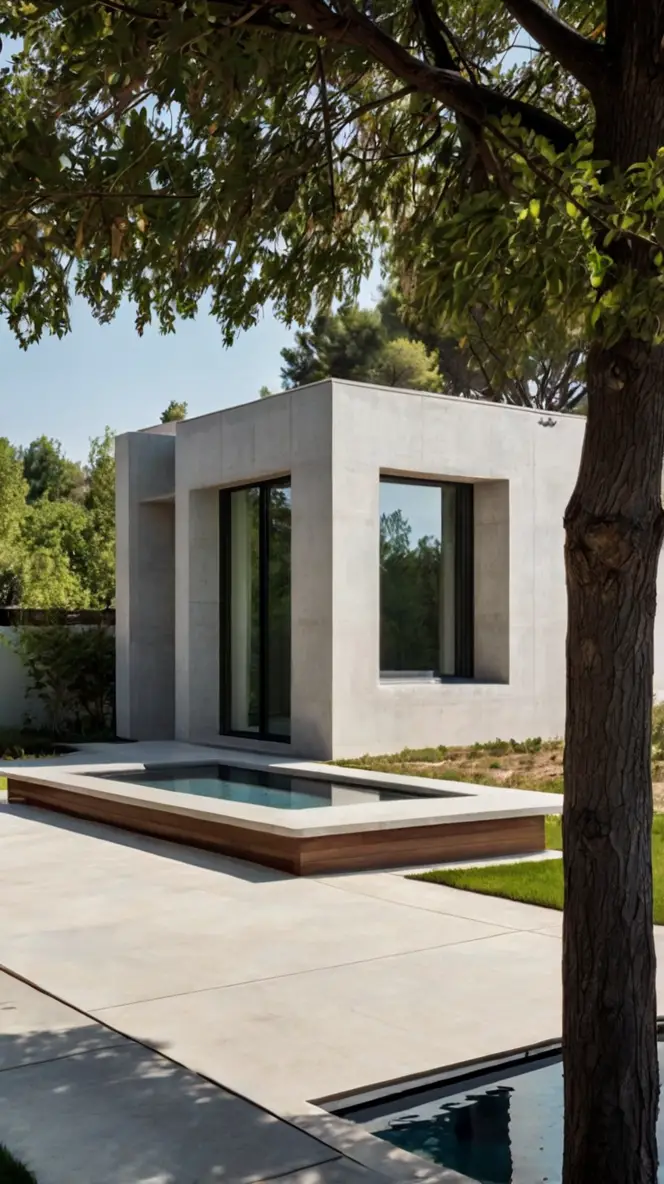
Minimalist House for the urban area – Urban homes often come with smaller square footage, which requires efficient use of space. A well-thought-out layout can make even the smallest home feel spacious and functional.
Open-concept designs, multi-purpose furniture, and vertical storage solutions are essential for maximizing every inch of space.
Key Ideas:
- Open-plan living areas: Combine the kitchen, living, and dining spaces into one large, multifunctional area to create a sense of openness.
- Foldable and multipurpose furniture: Use pieces like fold-down beds, expandable dining tables, and sofas with storage underneath to save space.
- Built-in storage: Maximize storage space by incorporating built-in shelving, cabinets, and drawers in unused spaces, such as under stairs or along hallways.
2. Green and Sustainable Design

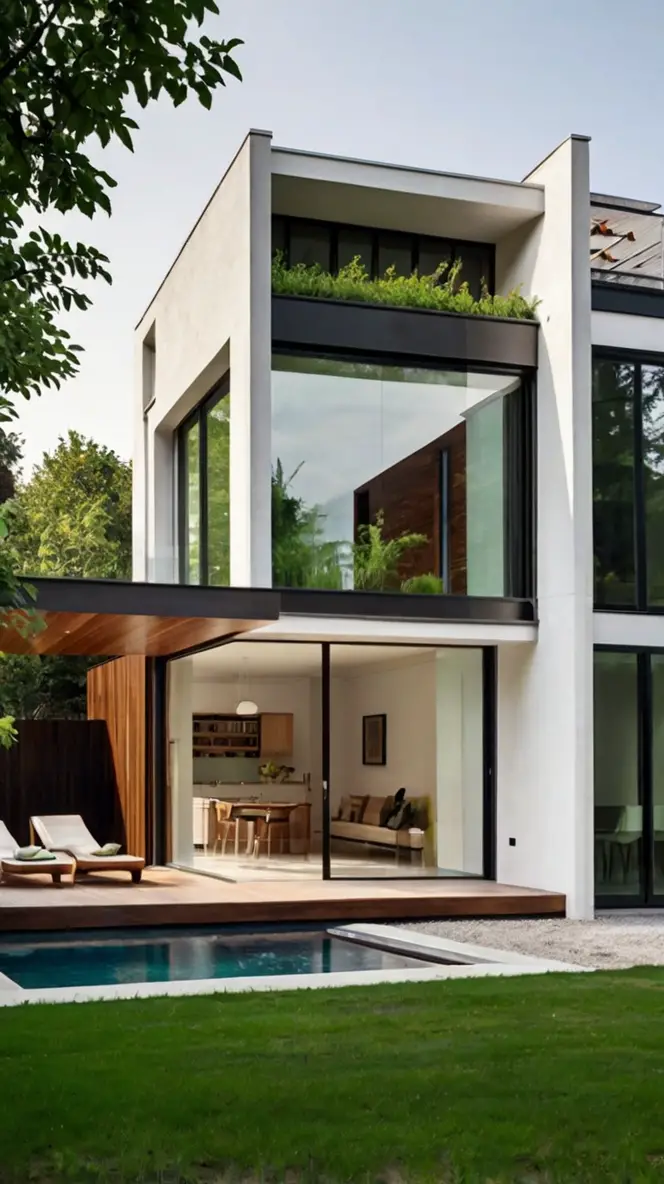
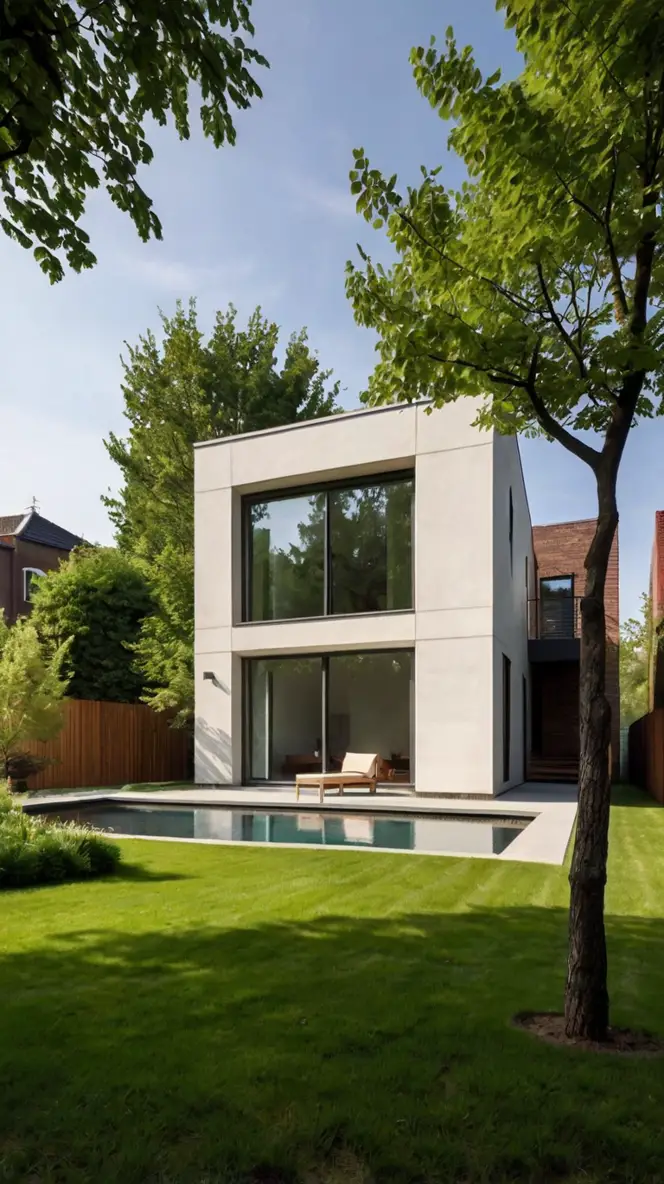

Sustainability is a growing trend in urban housing due to rising environmental awareness and the need to reduce energy costs.
Incorporating green features like solar panels, energy-efficient appliances, and sustainable materials helps reduce the environmental footprint of urban homes.
Key Ideas:
- Rooftop gardens: Urban spaces often lack greenery. A rooftop garden not only brings nature into the home but also helps with insulation and rainwater management.
- Energy-efficient windows and insulation: Proper insulation and high-performance windows can significantly reduce heating and cooling costs, making the home more energy-efficient.
- Recycled materials: Use eco-friendly materials like reclaimed wood, recycled glass, and bamboo to create a sustainable and stylish urban home.
3. Vertical Living

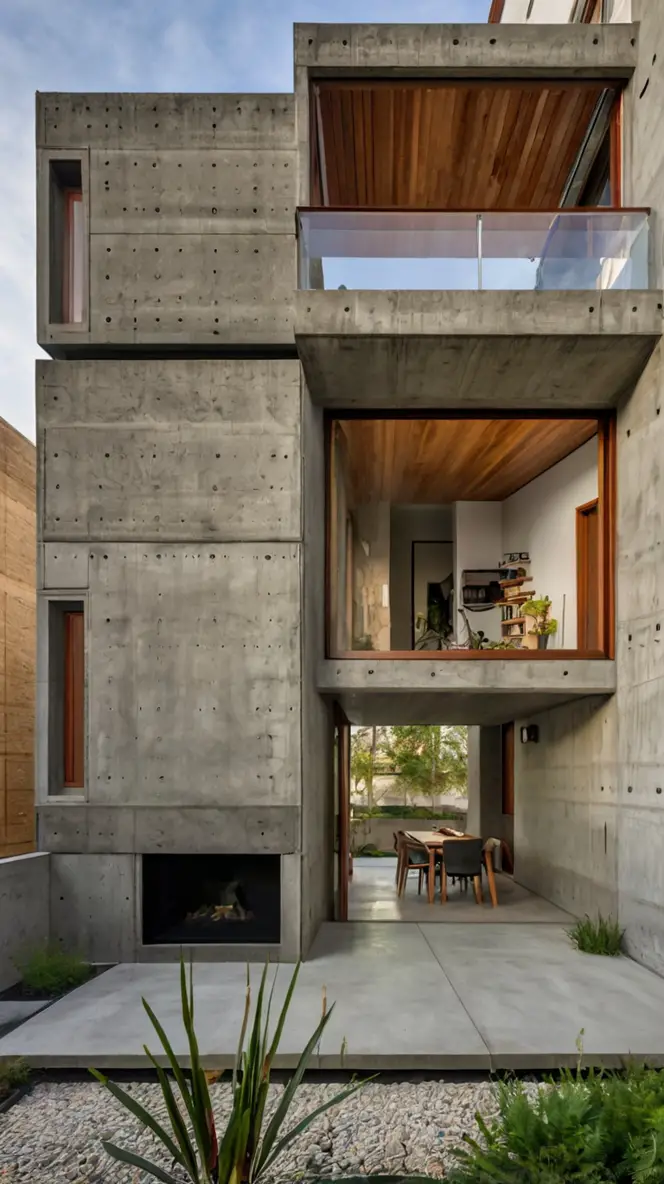
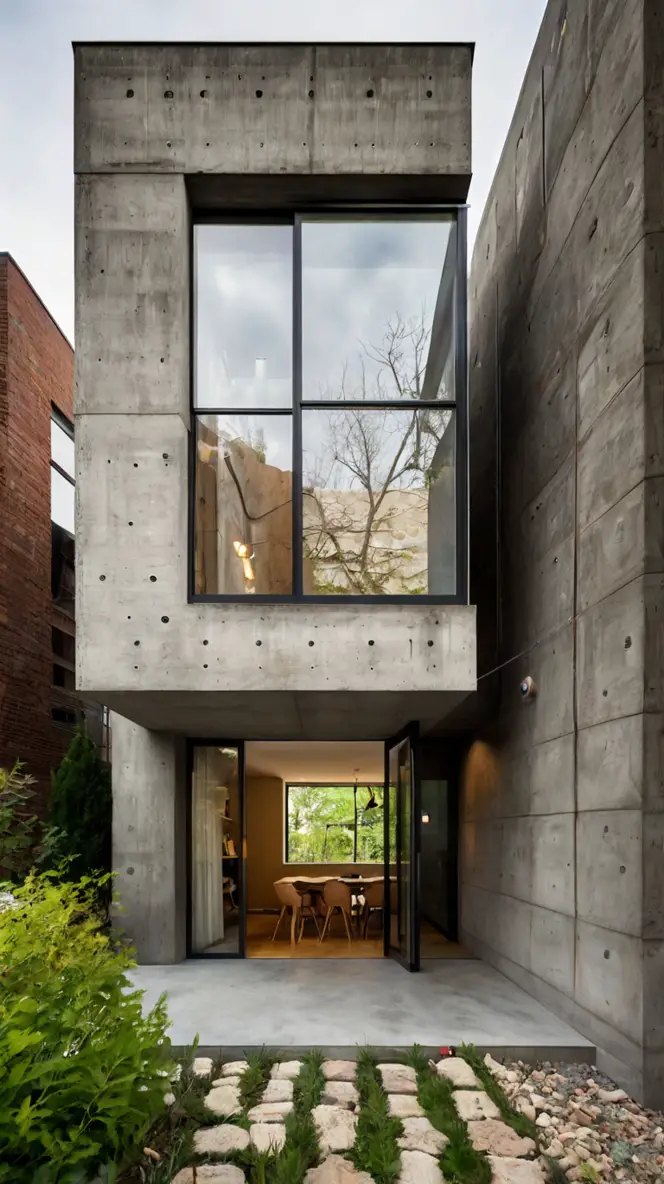
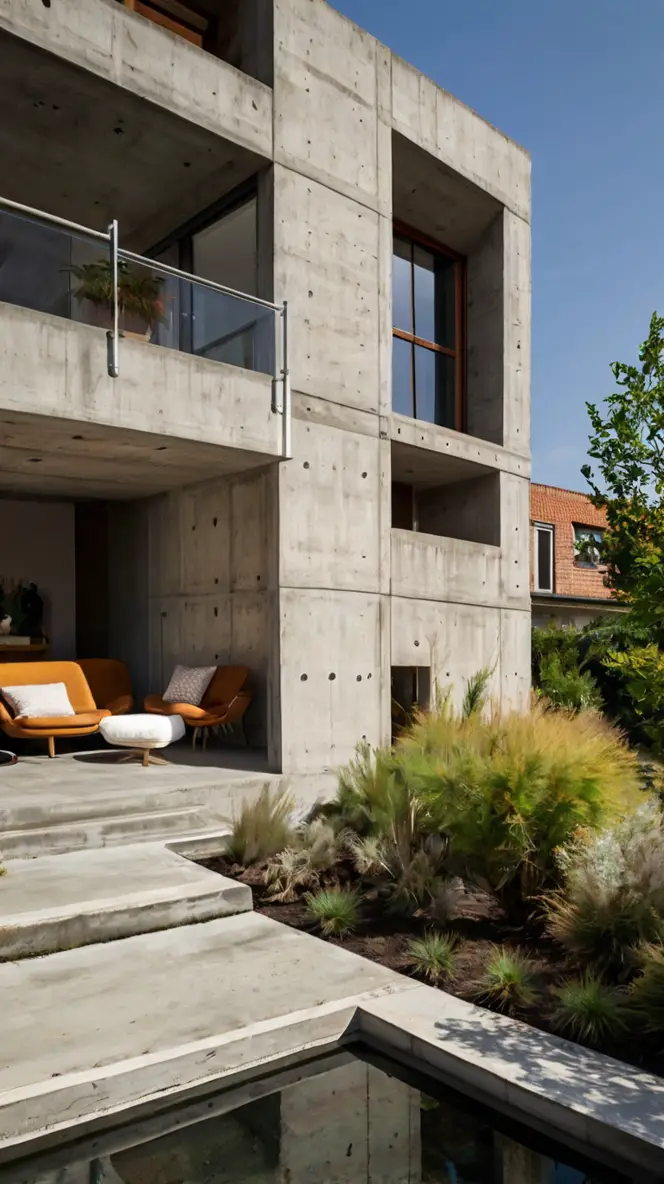
In cities where land is scarce, building up instead of out is a smart approach.
Vertical living involves multi-story homes that use each level for different purposes, such as living areas on one floor and bedrooms on another.
This approach helps maximize floor area while maintaining functionality.
Key Ideas:
- Mezzanine levels: A mezzanine floor can create additional space without increasing the building’s footprint, perfect for an office or extra bedroom.
- Rooftop terraces: Utilize rooftop space for outdoor living areas, offering a private escape from the busy city below.
- Spiral staircases: In tight spaces, spiral staircases take up less room than traditional staircases and add a modern design element.
4. Smart Home Technology
Smart homes are becoming more popular in urban areas due to their ability to enhance convenience and security.
With the help of smart home systems, urban dwellers can control lighting, heating, security, and even appliances from their phones, making it easier to manage their homes from anywhere.
Key Ideas:
- Automated lighting and thermostats: Use smart lighting and temperature controls to save energy and adjust the environment based on daily routines.
- Security systems: Install smart security cameras, locks, and doorbells for added safety in busy urban environments.
- Voice-activated assistants: Smart speakers with voice assistants can help manage everything from grocery lists to entertainment systems.
5. Incorporating Outdoor Space
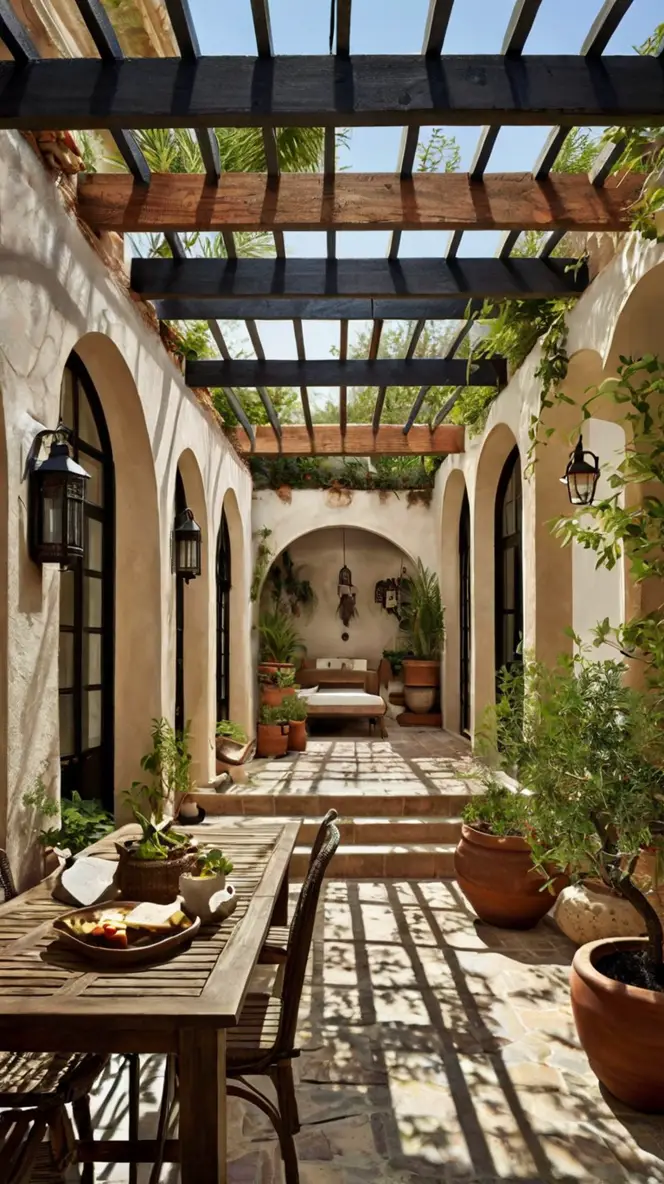
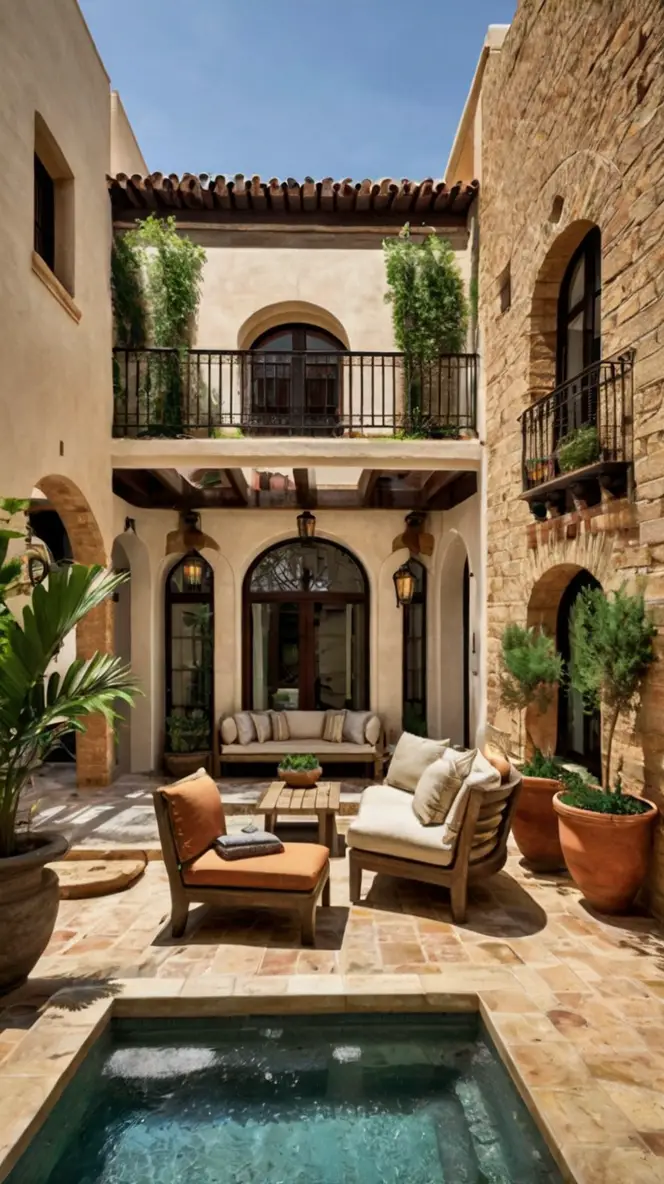
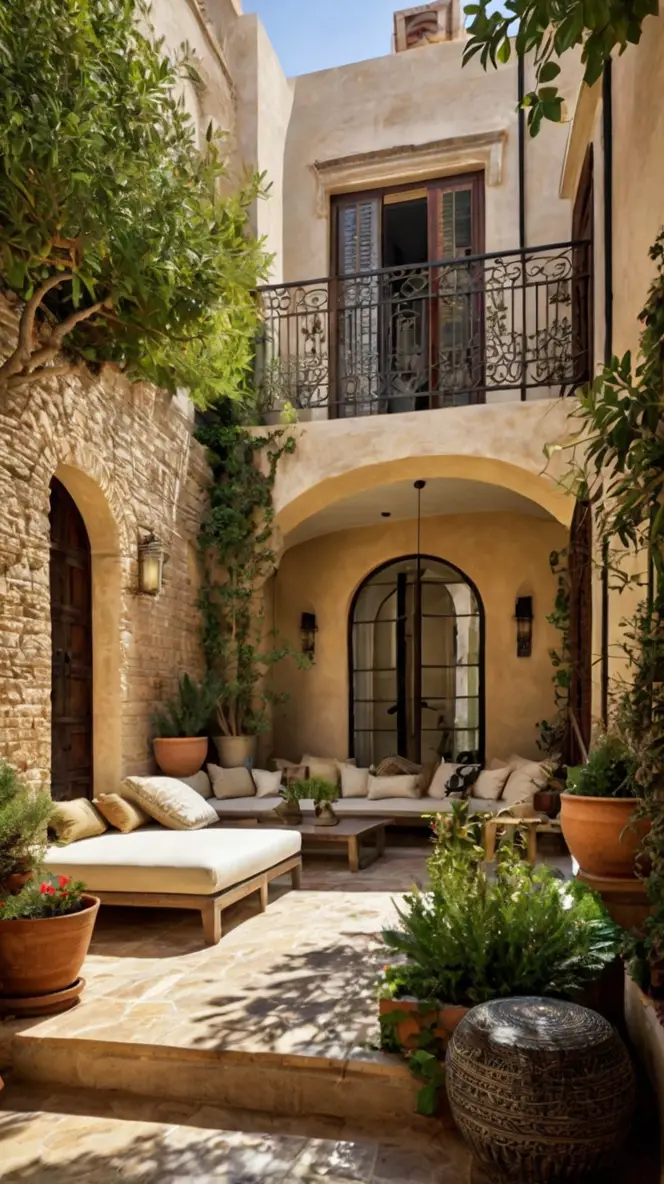
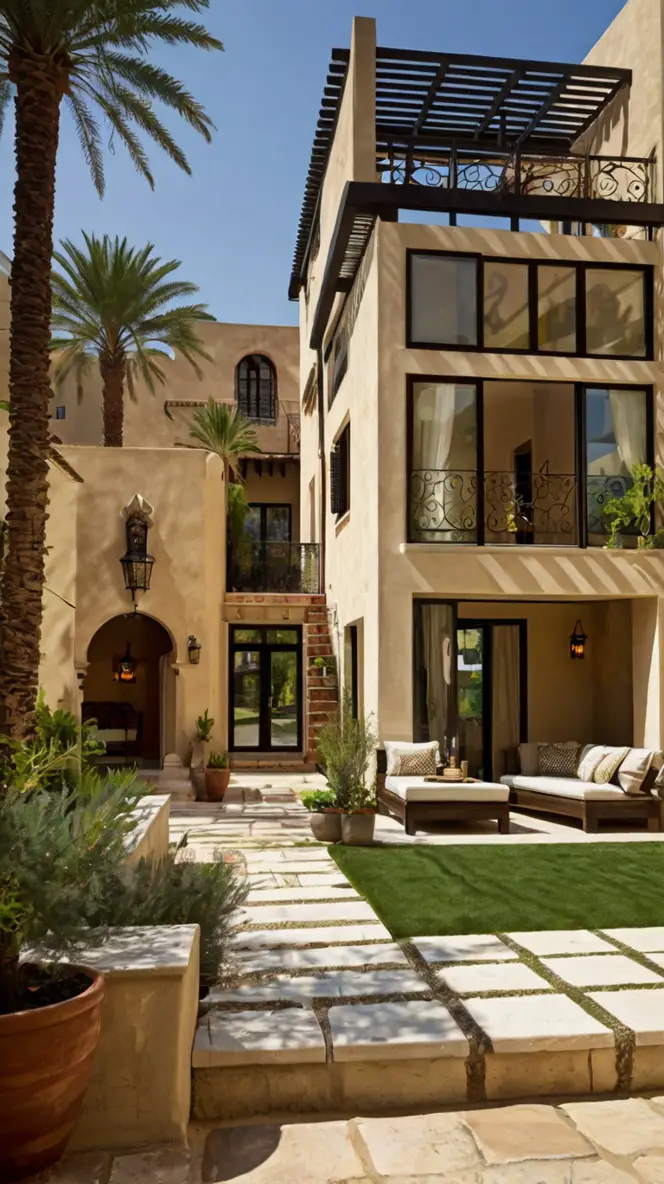
Outdoor space is often a luxury in urban areas, but even small balconies, patios, or courtyards can be transformed into valuable living spaces. With creative landscaping and outdoor furniture, these areas can serve as additional relaxation or dining spots.
Key Ideas:
- Small balconies: Create a cozy outdoor nook with space-saving furniture, potted plants, and string lights to make the most of a small balcony.
- Courtyards: Urban homes with courtyards can use them as private outdoor dining or lounge areas by adding minimalistic outdoor furniture and greenery.
- Vertical gardens: Green walls or vertical gardens add natural beauty and fresh air to any small outdoor space, especially in areas without much room for traditional gardening.
6. Minimalist and Modular Design
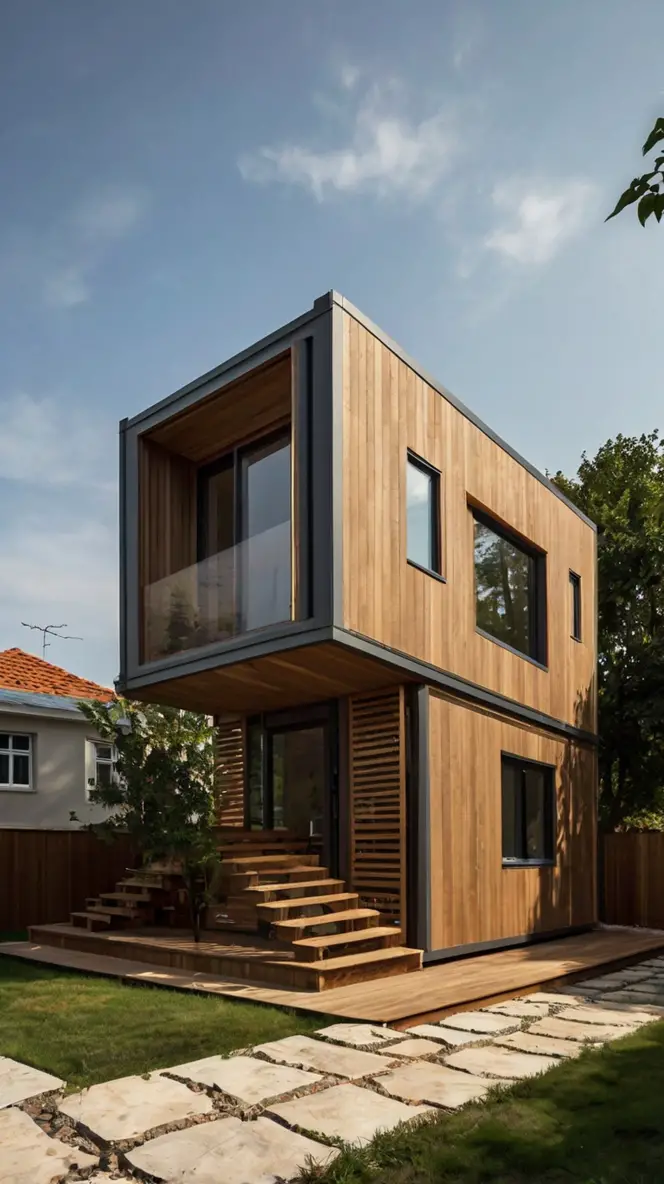

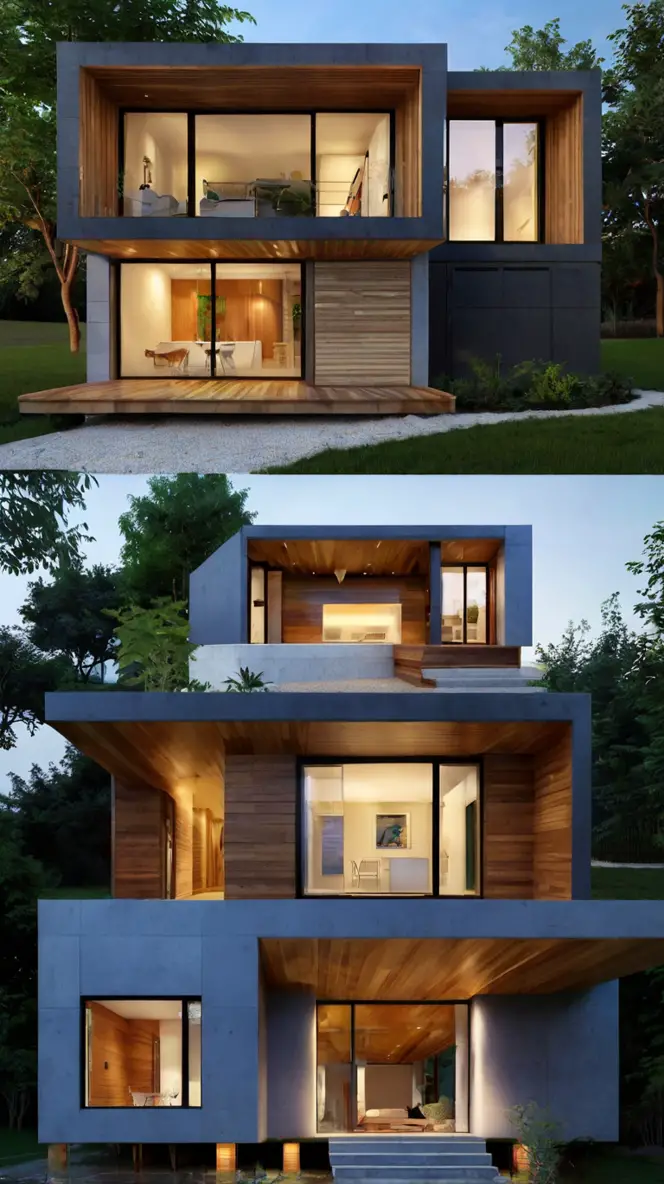
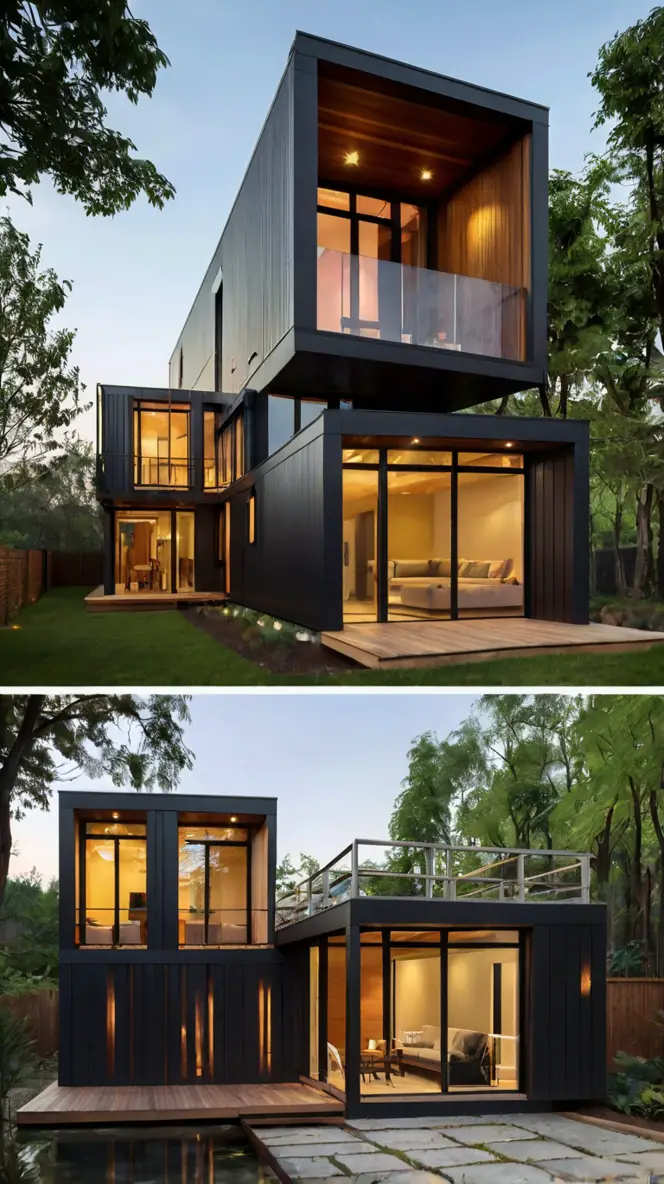
Minimalism works well in urban homes, where simplicity and functionality are key to maintaining a clutter-free environment.
Modular design, which allows for flexible and customizable spaces, is also becoming more common in urban living.
Key Ideas:
- Minimalist interiors: Focus on clean lines, neutral colors, and functional decor to create an airy and calm atmosphere in a limited space.
- Modular furniture: Use modular furniture that can be easily rearranged or expanded to suit changing needs, such as modular sofas or stackable chairs.
- Hidden storage: Keep clutter out of sight with hidden storage options like pull-out cabinets, under-bed drawers, and built-in wall units.
7. Urban Loft Conversions
Converting old industrial buildings into loft-style homes is a popular trend in urban areas.
These spaces often feature high ceilings, large windows, and open layouts, making them perfect for modern urban living.
Loft conversions are ideal for creative individuals who want to incorporate unique design elements into their homes.
Key Ideas:
- Exposed brick and steel beams: Embrace the industrial feel by leaving original architectural features like exposed brick walls and steel beams.
- Large windows: Maximize natural light with floor-to-ceiling windows, enhancing the sense of space and openness.
- Open floor plans: Maintain the industrial vibe with open-concept layouts that make the most of the building’s expansive interior.
Conclusion
Designing a house in an urban area requires creativity, efficiency, and adaptability.
By maximizing small spaces, incorporating sustainable elements, and utilizing smart home technology, urban dwellers can create comfortable, stylish homes that meet the demands of city living.
Whether it’s a compact apartment, an urban loft, or a multi-story townhouse, these house ideas are tailored to optimize the urban living experience while embracing modern design trends.
1. Rules to Build House Design in Urban Area
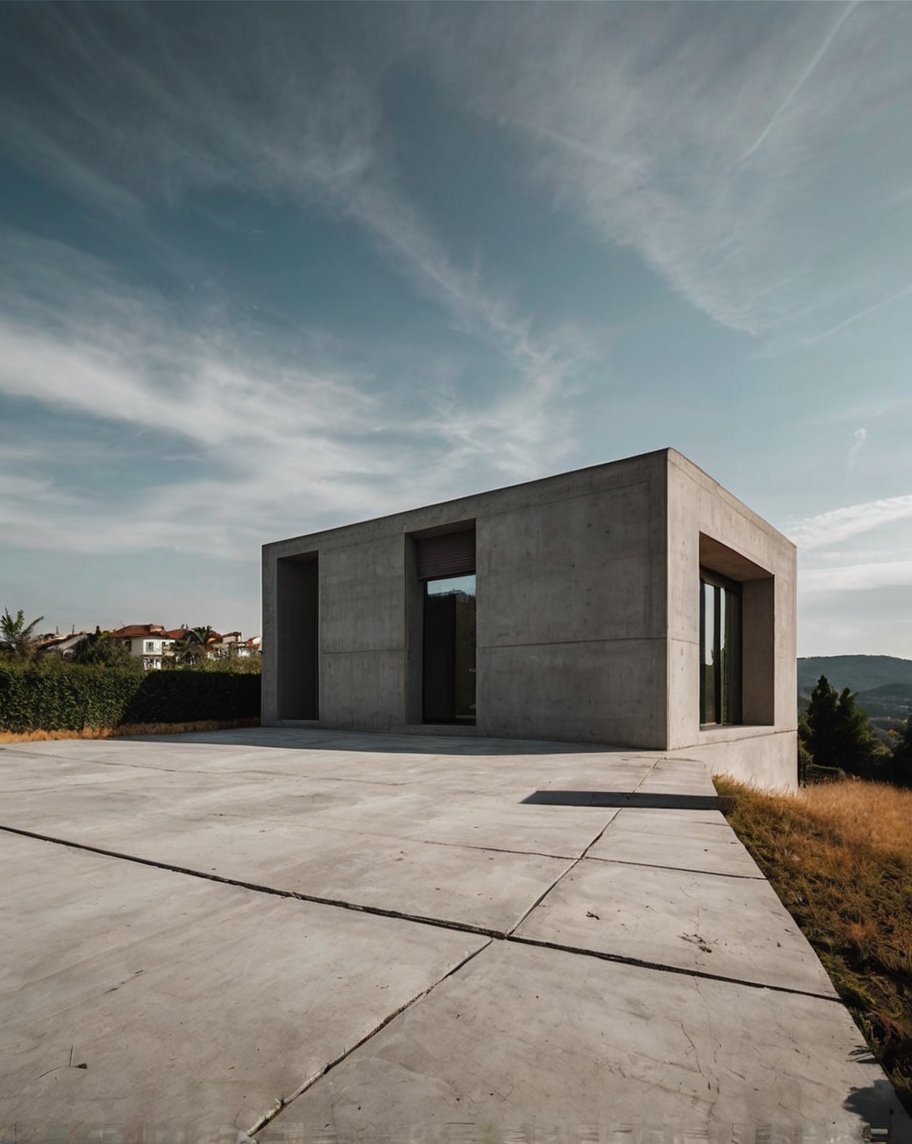
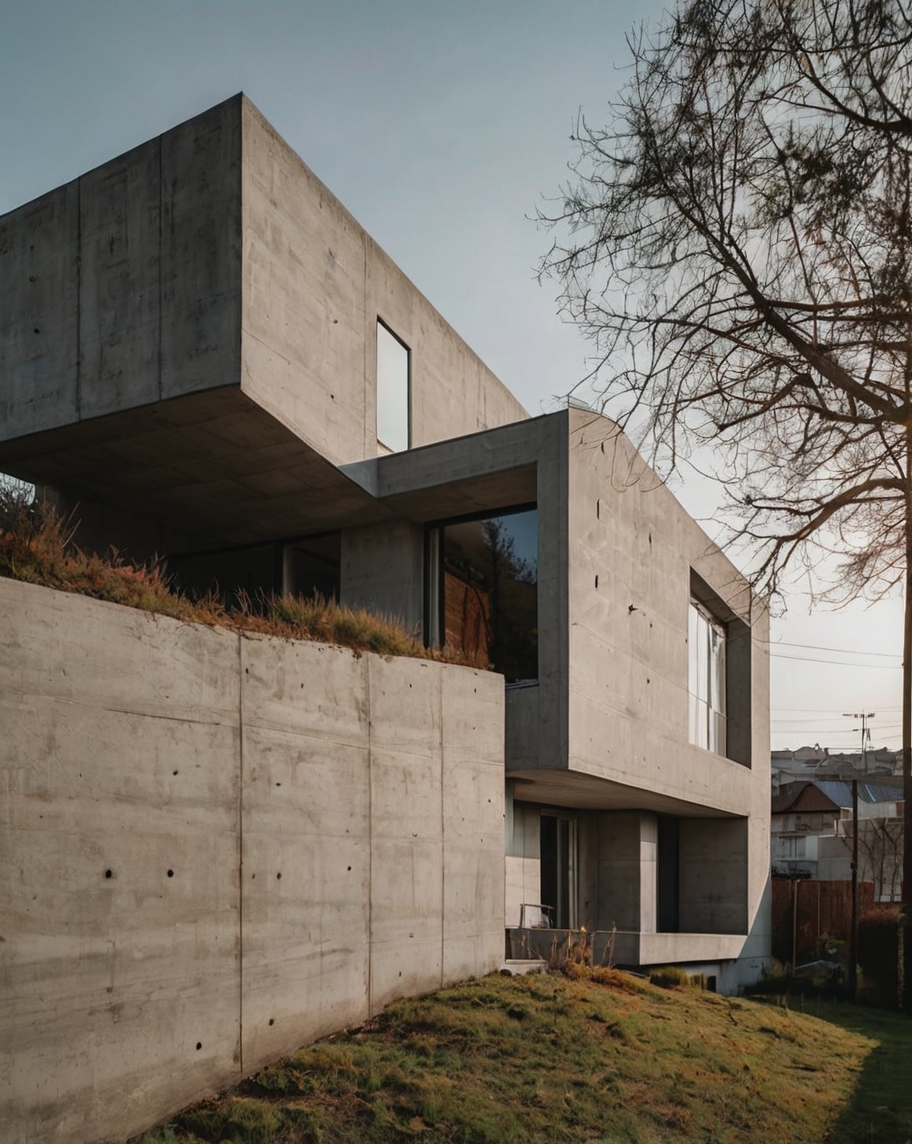
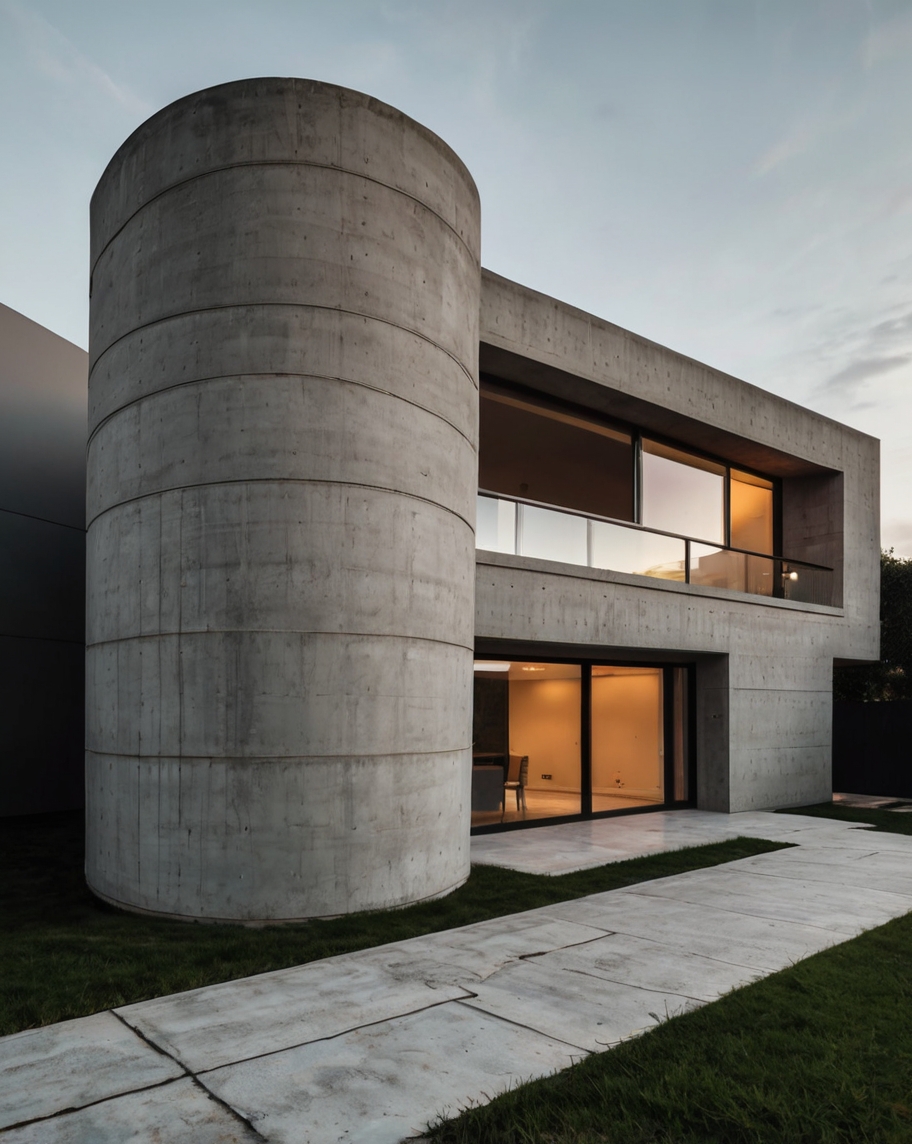

A comfortable minimalist house does not come on its own. You need to decide the right design that suits your preference.
Regardless of the wide range of minimalist house designs, there are some rules that help you get the most function of an urban house.
If you are planning to build a minimalist space to live in an urban area, here are some important rules to follow.
Read also:
a. 37 Best Minimalist-Bright Colors House Design
b. 37 Best Modular House Ideas With Eco-Friendly Decor
c. 55 Creative Bookshelf Ideas: Design Inspiration for Your Home
Urban areas often need minimalist houses for several practical reasons:
1. Limited Space Availability
- Maximizing Efficiency: Urban environments are often densely populated, with limited land available for housing. Minimalist homes are designed to make efficient use of smaller spaces, focusing on functionality and avoiding unnecessary design elements that waste space.
- Vertical Construction: Minimalist homes can be designed to build vertically rather than horizontally, allowing more people to live in a smaller footprint.
2. Affordability
- Cost-Effective: The high cost of land and construction in urban areas makes smaller, minimalist homes more affordable. These homes reduce building costs by minimizing excess materials, elaborate designs, and unnecessary features.
- Lower Maintenance: Smaller homes are easier and cheaper to maintain, making them more attractive to urban dwellers who have less time or resources for large home upkeep.
3. Sustainability
- Energy Efficiency: Minimalist homes typically require less energy for heating, cooling, and lighting due to their smaller size. This leads to reduced utility bills and a smaller environmental footprint.
- Less Waste: The minimalist design philosophy often includes using fewer materials and creating less construction waste, which is beneficial in cities looking to reduce their environmental impact.
4. Simplicity and Functionality
- Focus on Essentials: Minimalist homes emphasize the essentials, cutting down on unnecessary features and focusing on what is truly needed. This approach resonates well with urban professionals or small families who lead fast-paced lives and prefer simplicity over excess.
- Decluttered Lifestyle: With smaller spaces, there’s less room for clutter. Minimalist homes encourage an organized, clean, and purposeful living environment, which many city dwellers find appealing.
5. Adaptability and Flexibility
- Multi-Functional Spaces: In minimalist designs, rooms often serve multiple purposes, such as a living room that doubles as a workspace. This adaptability is perfect for urban dwellers who need to maximize every square foot of their homes.
- Compact Living Solutions: Urban areas require housing that adapts to changing needs, whether it’s for single professionals, couples, or small families. Minimalist houses can be designed to accommodate different lifestyles with smart, flexible layouts.
6. Aesthetic Appeal in Urban Settings
- Modern and Clean Design: The clean lines and simple aesthetic of minimalist architecture often fit well with the contemporary look of urban environments, providing a sleek contrast to the busyness of city life.
- Urban Appeal: Minimalist homes tend to attract young professionals and people who value modernity, which aligns with the urban demographic that appreciates convenience and aesthetic simplicity.
In summary, minimalist houses are ideal for urban areas due to space limitations, affordability, sustainability, functionality, and modern design. They meet the needs of urban dwellers while optimizing the use of space and resources.
2. Less is more – Minimalist House for the urban area
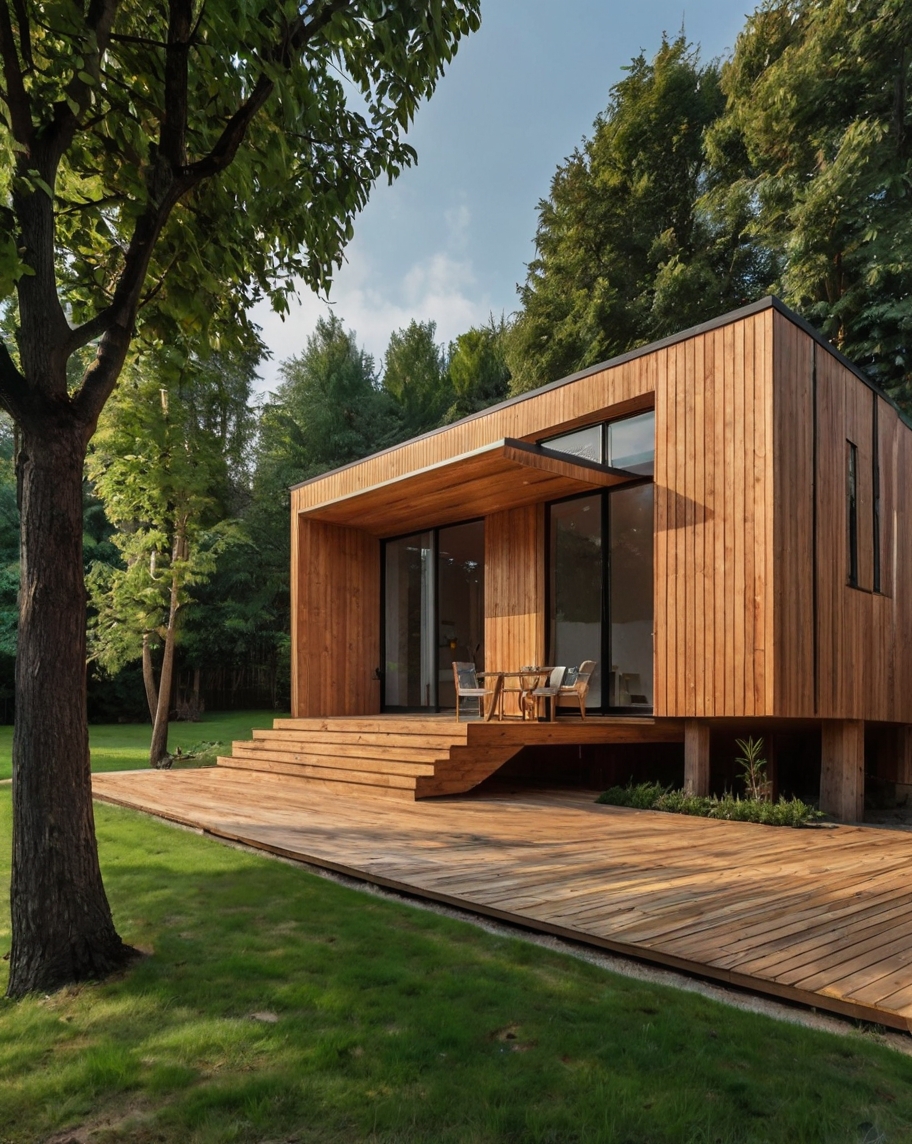
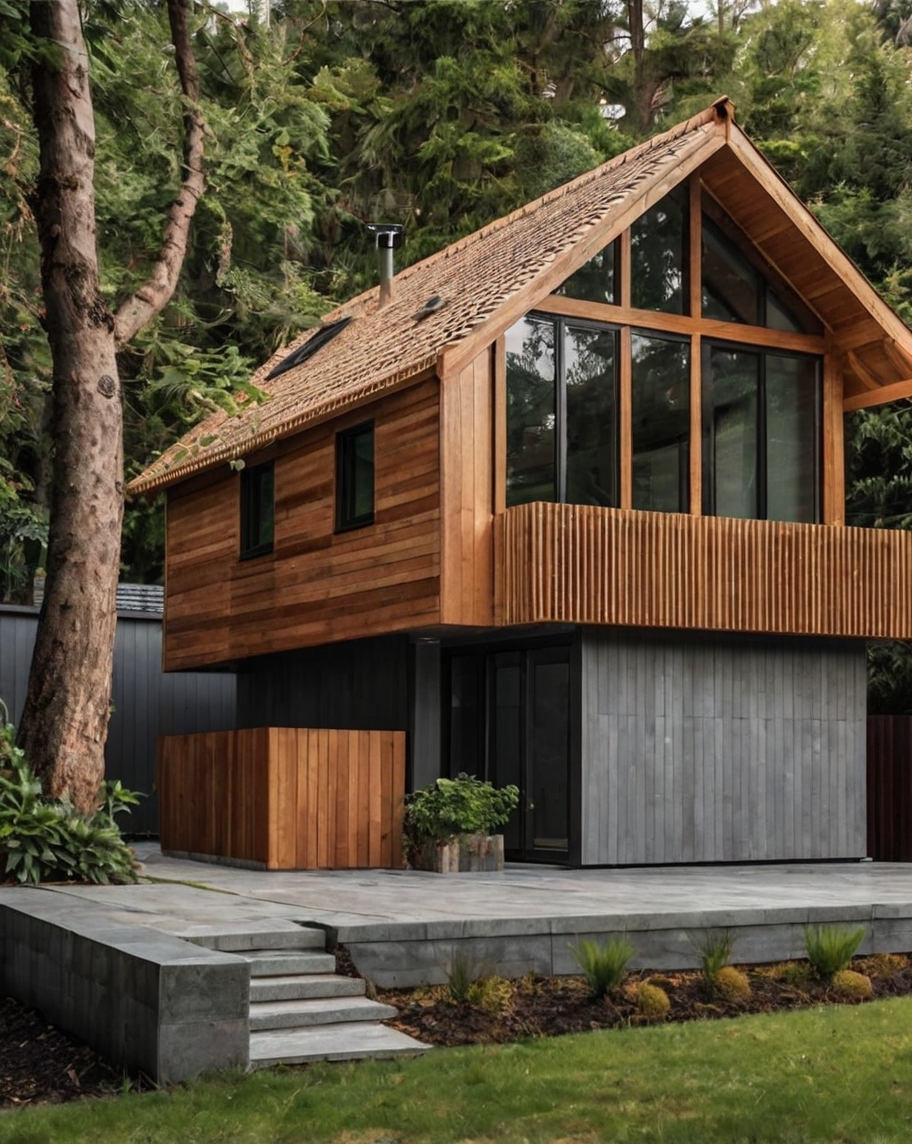
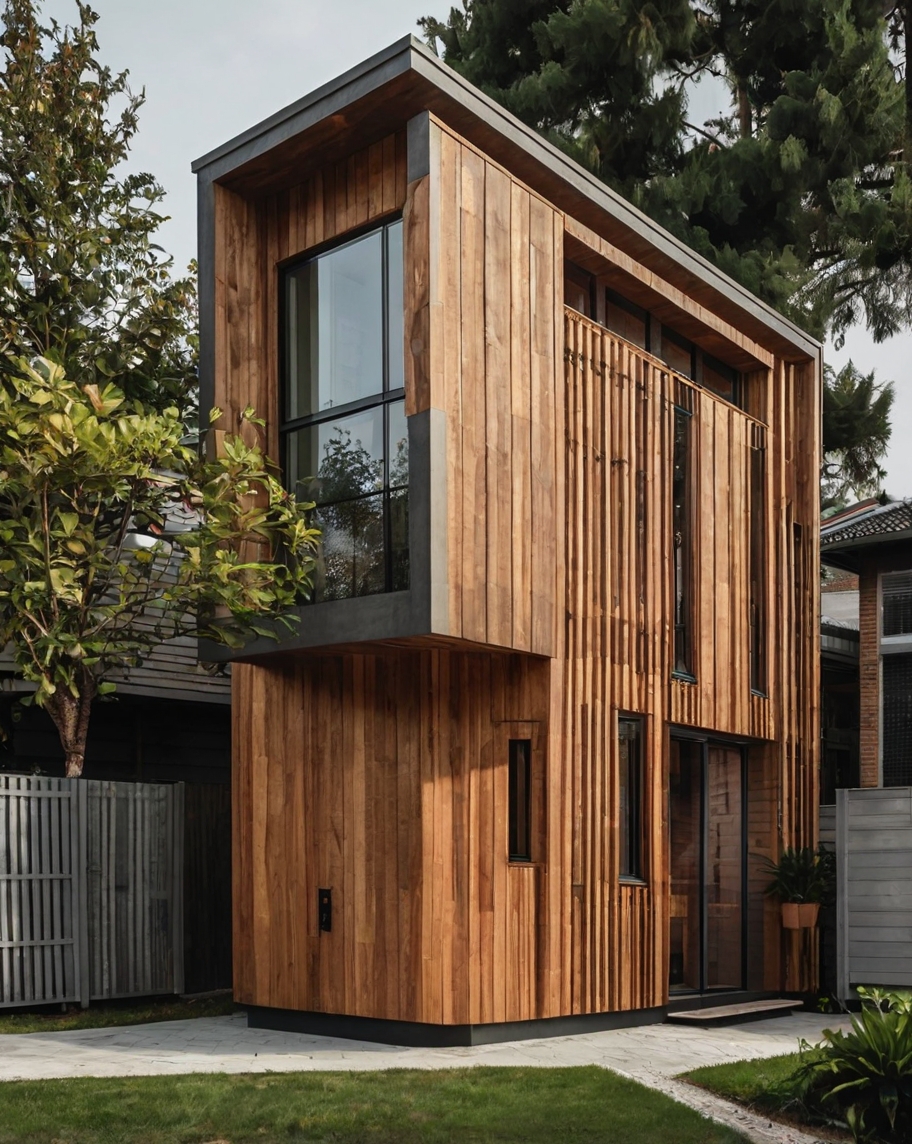
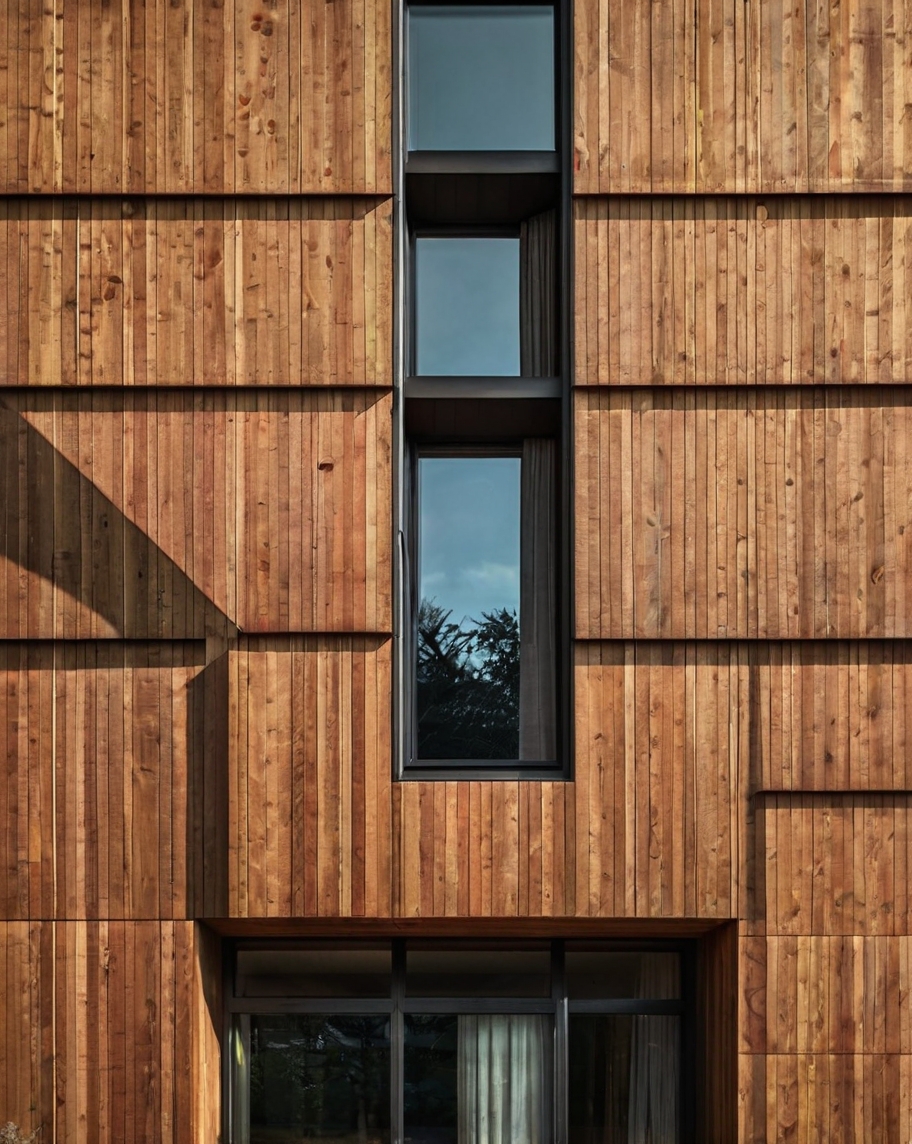
The basic of a minimalist house is less is more. There more simple your house design, the better it is.
Empty space should not be used to accommodate much furniture because it will make your house looks cramped.
Pay attention to the interior arrangement and do not reluctant to remove pieces that make the room feels crowded.
With more empty space inside, your vision will not be obstructed and it is important to evoke a minimalist concept.

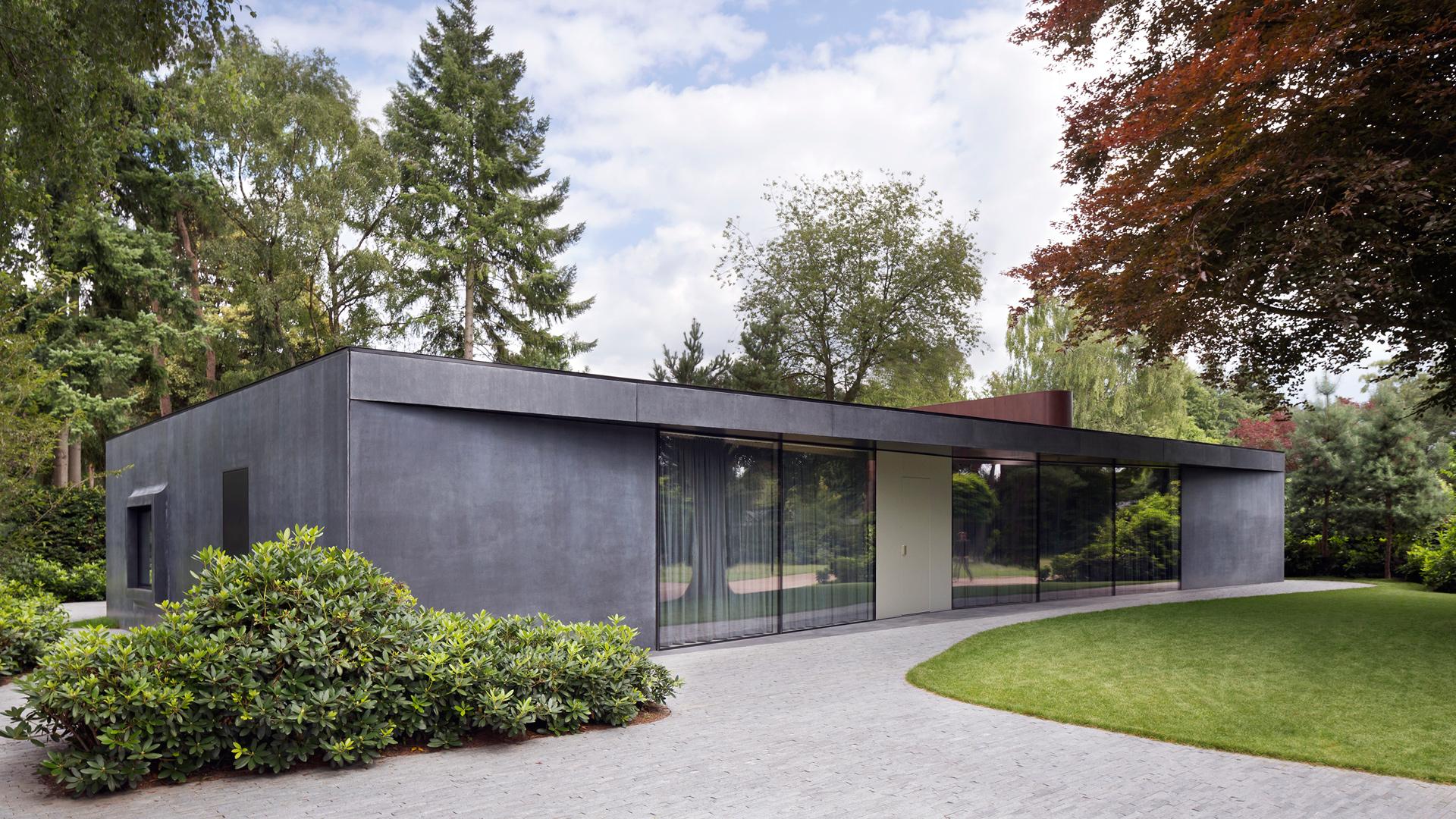
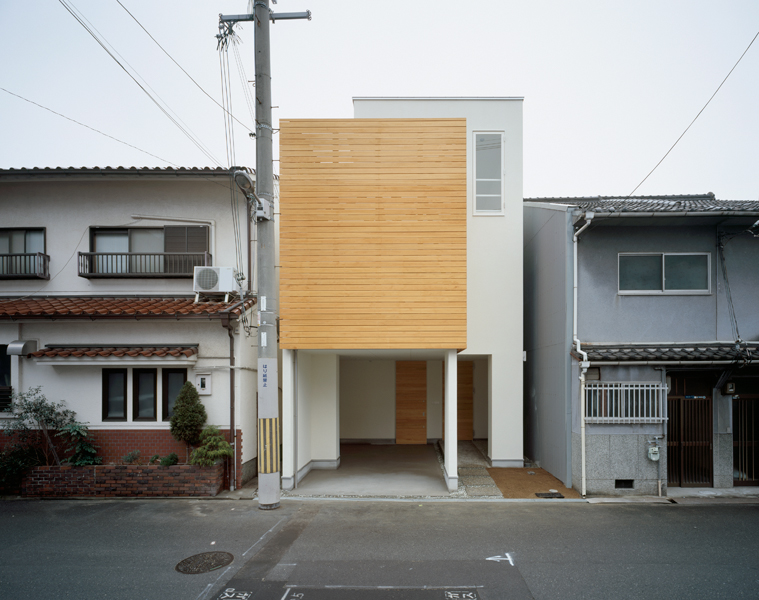

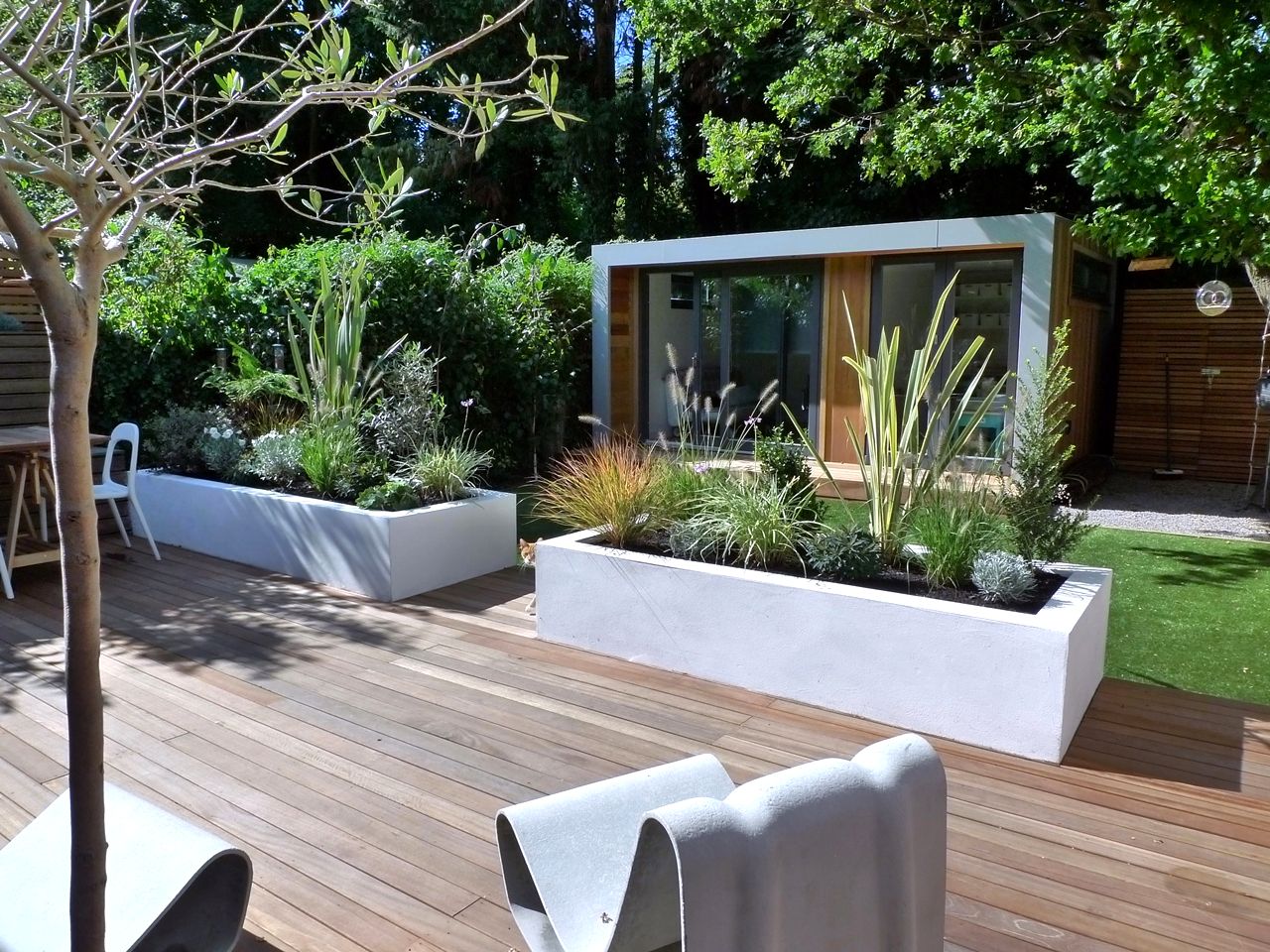
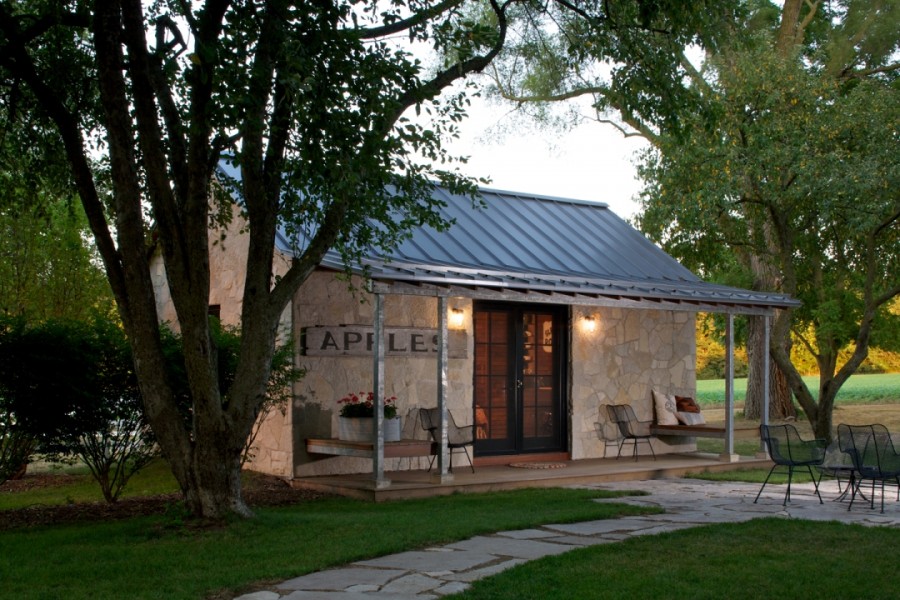
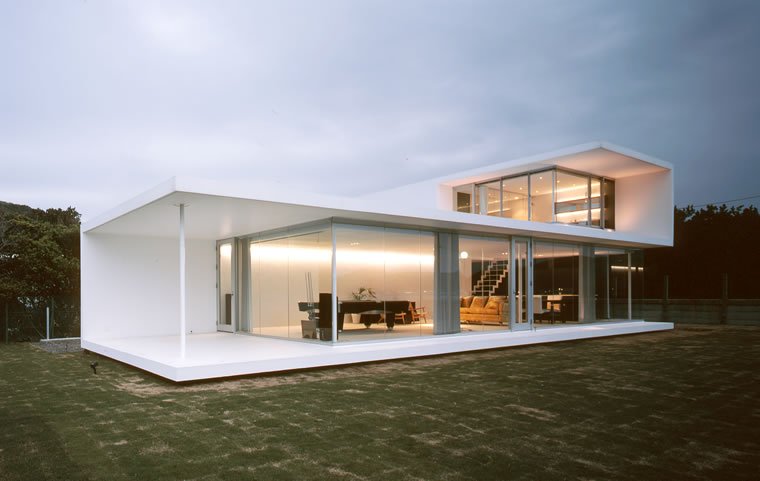
3. Make it personal – Minimalist House for the urban area
Define your personality through your urban minimalist house design. The best house design should be able to reflect your characteristics and taste.
It relates to the interior design as well as the furniture pieces that you choose. Placing personal items such as family portraits is considered a nice way to cope with this rule.
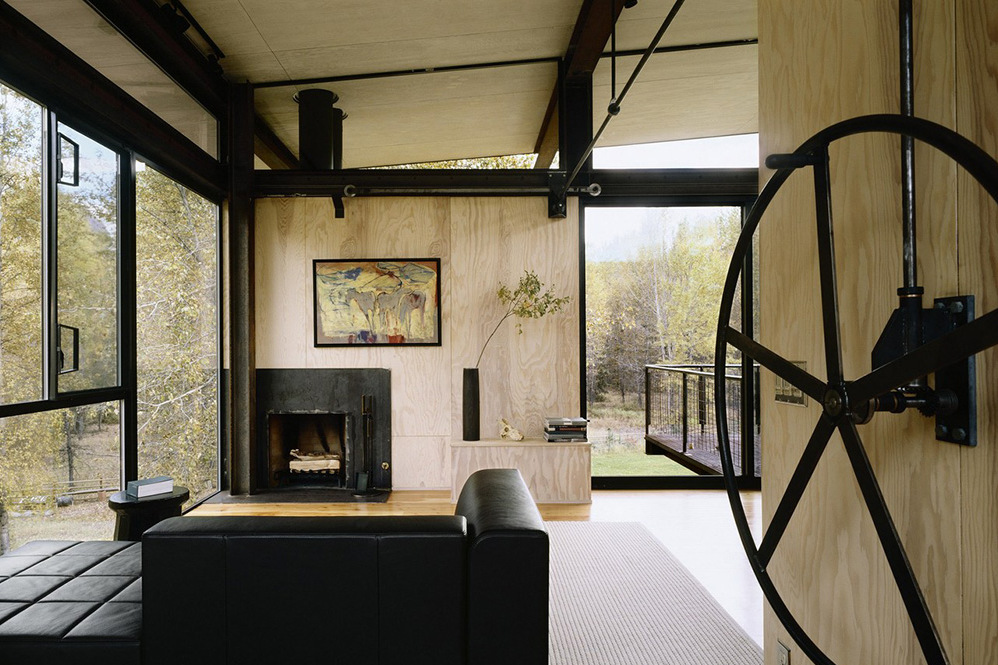
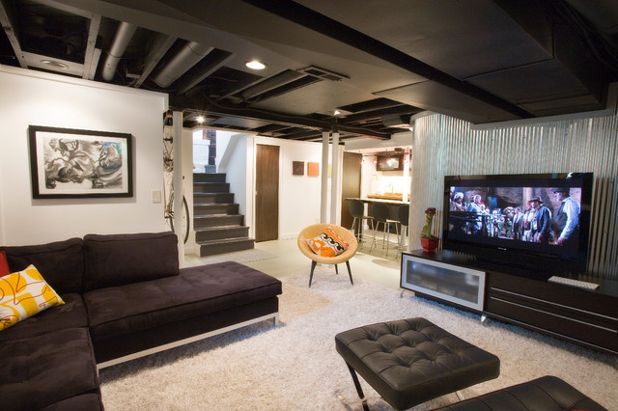
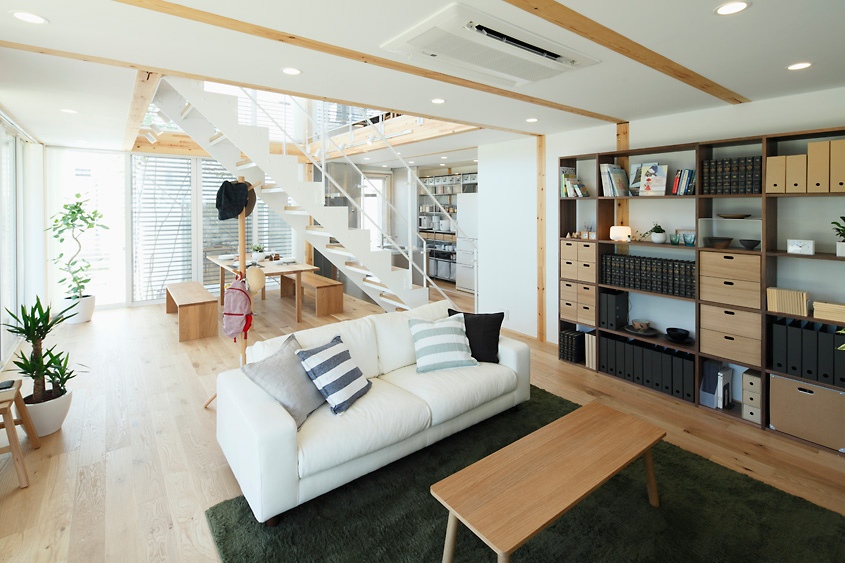
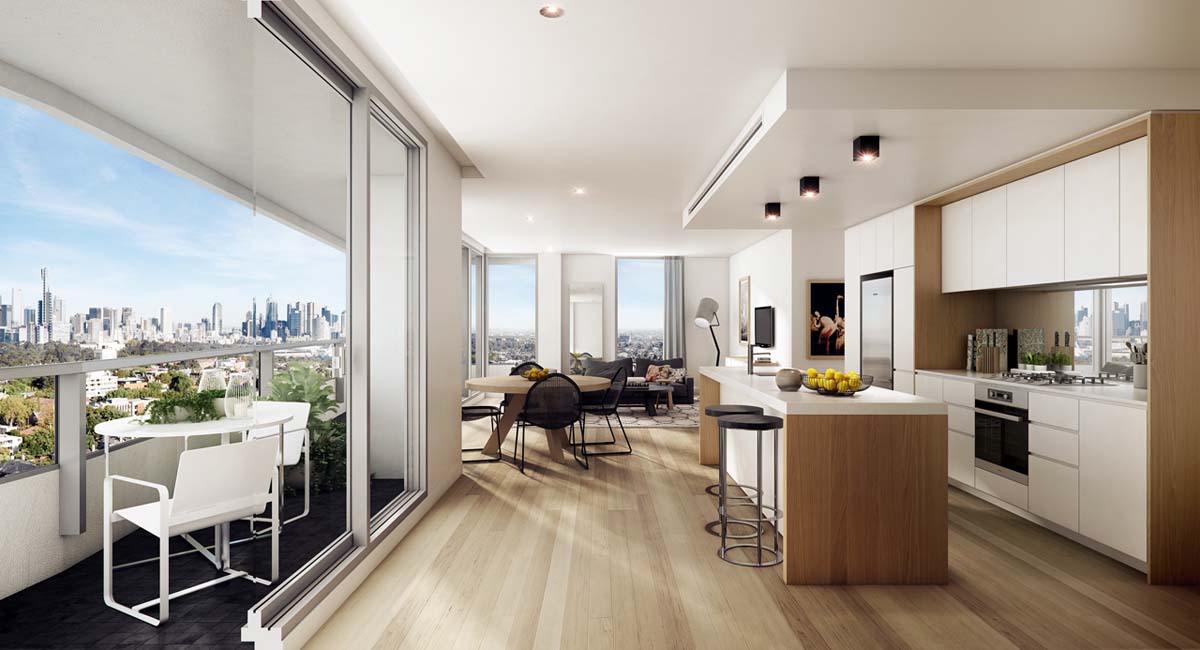
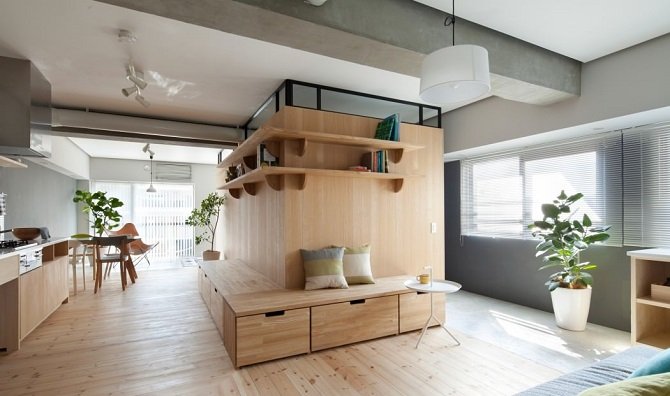
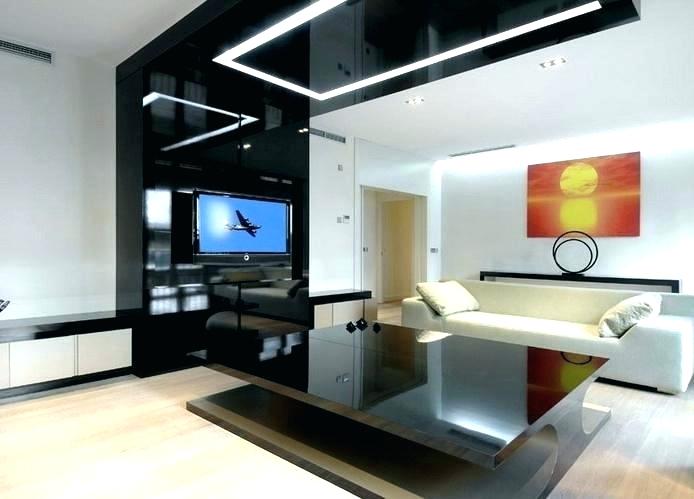
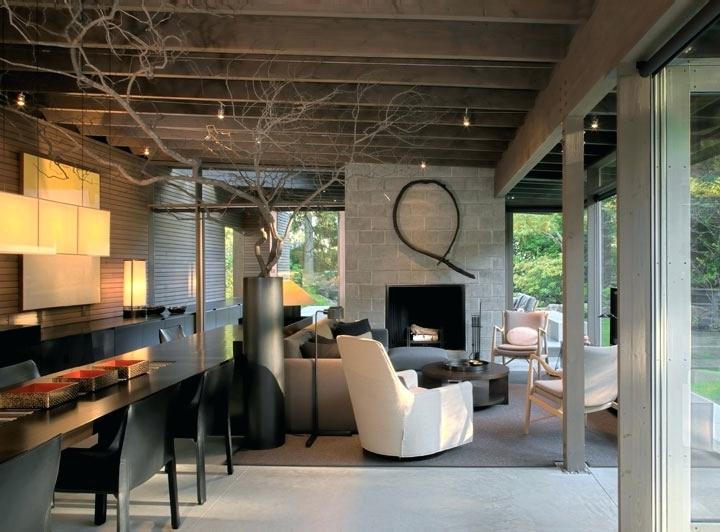
4. Maximize storage
Related to the first rule of minimalist house, maximizing storage is an important thing to hide your belongings and pieces from sight.
This is an effective way to give more free space inside your house, creating a visually larger room for minimalist urban design.
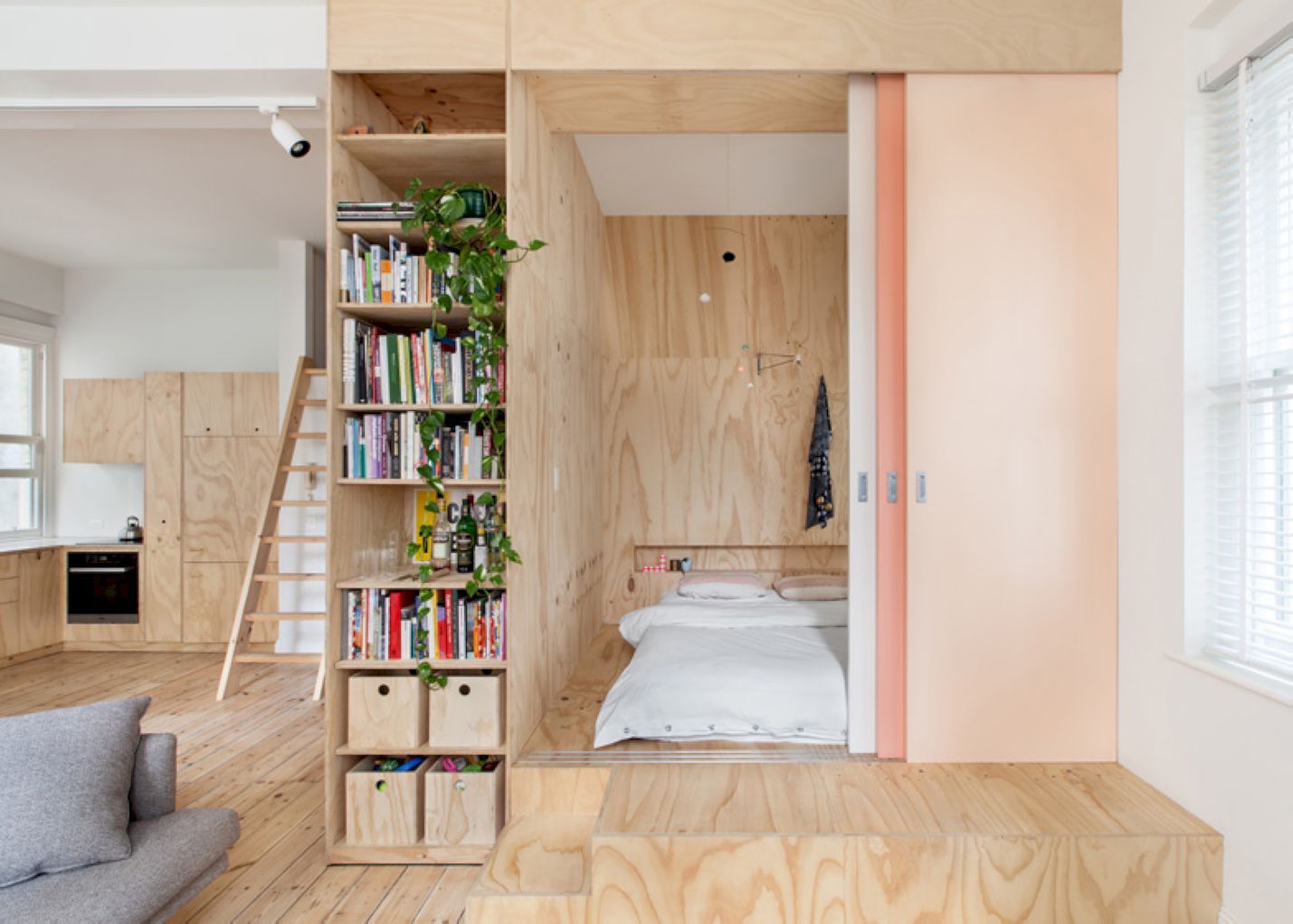

5. Color Choice – Minimalist House
The minimalist concept is identical to calm and neutral shade such as white or grey.
It never works with bright and striking colors.
This is what you need to remember when choosing the right color for an urban house.
The neutral colors, aside from serving a calm appearance, also enhance the adopted concept.
The shades also help build tranquility inside the living space.
Read More Article :
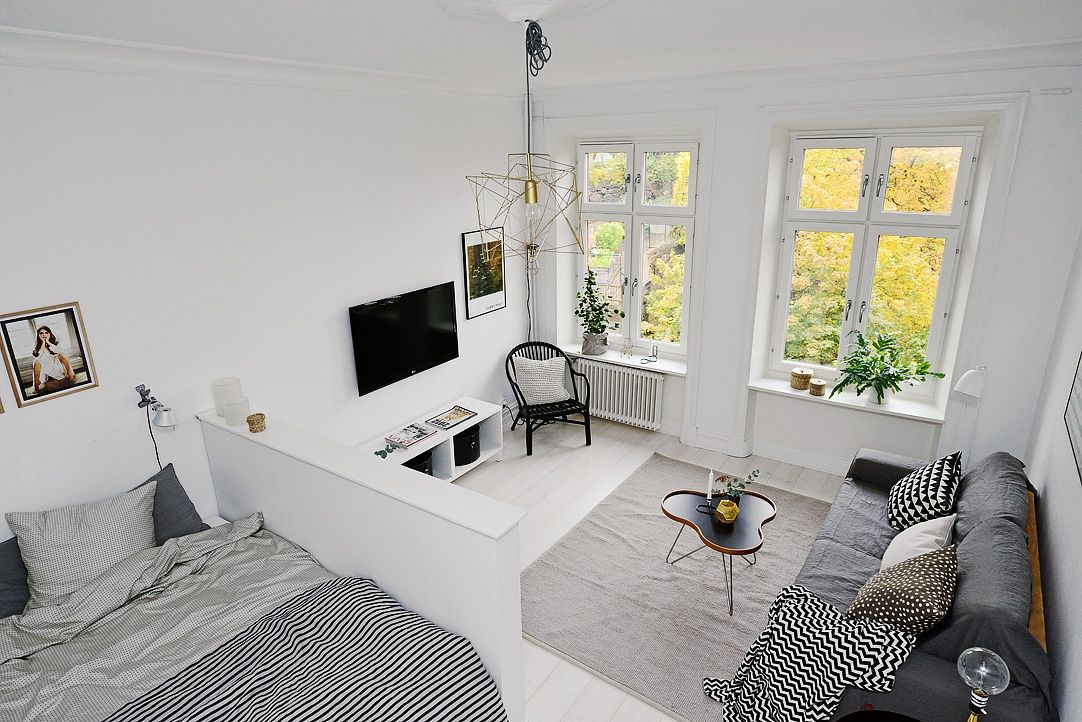
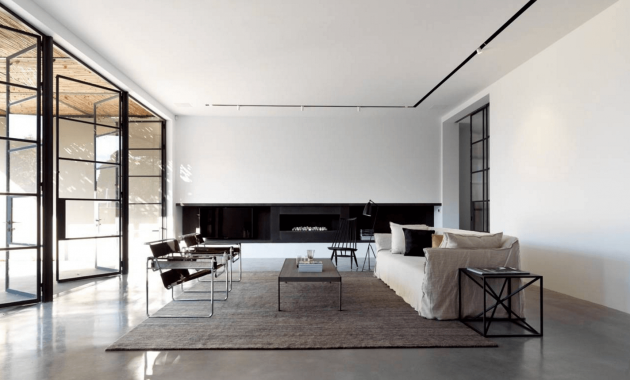

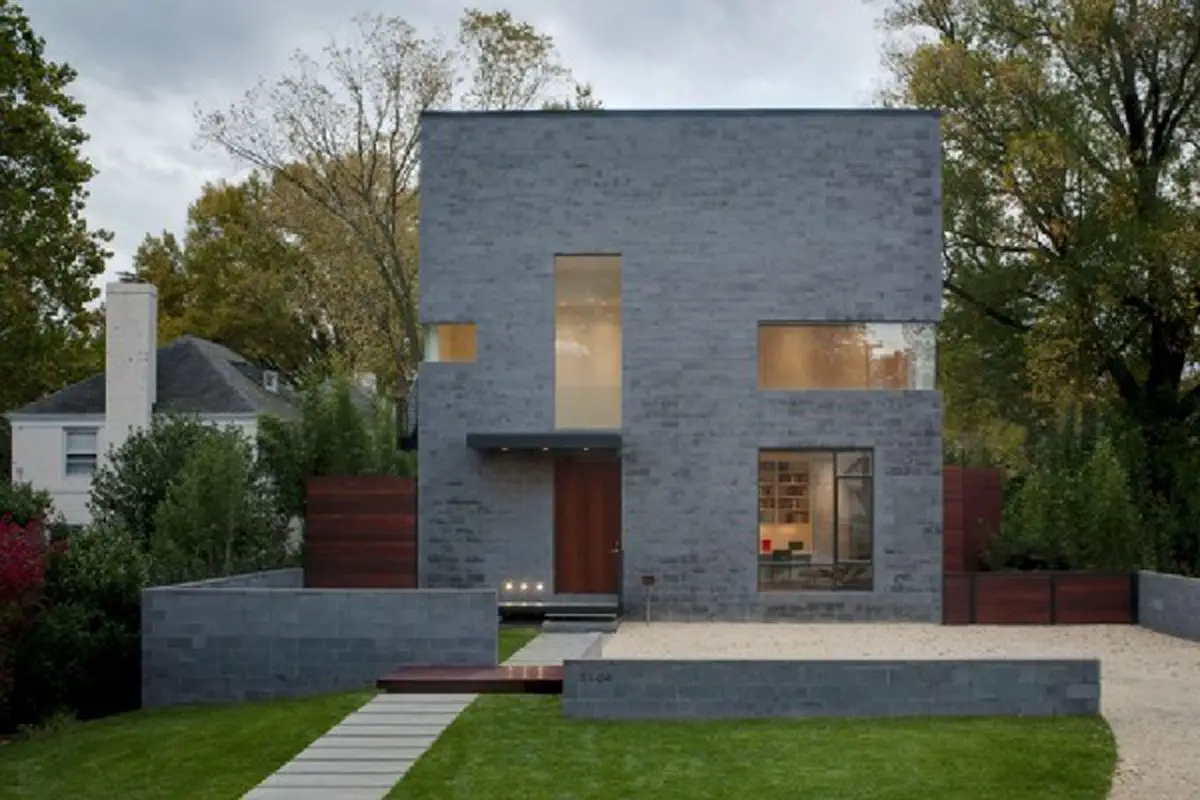
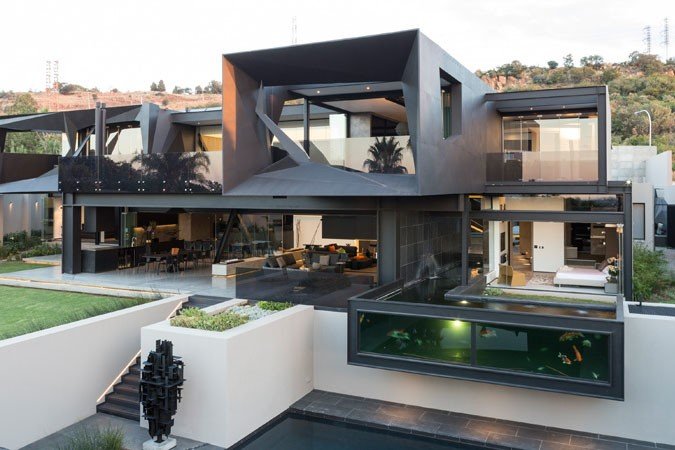
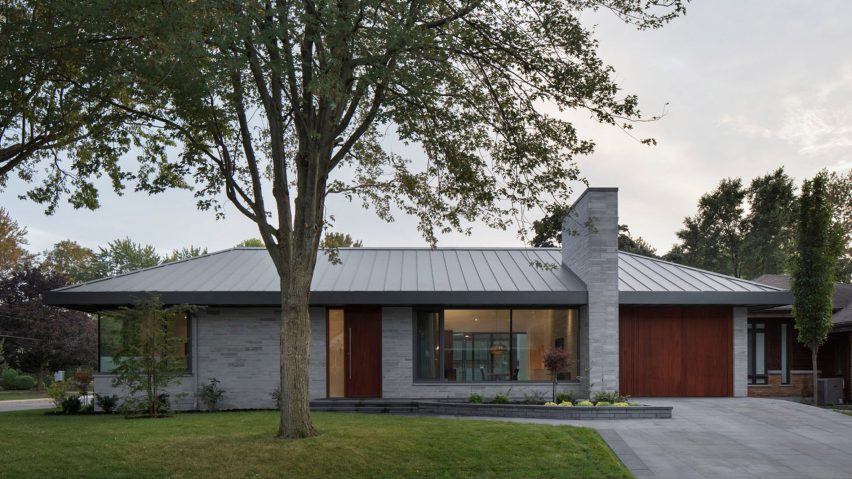
Read More Article :
1. 35 Modular House Ideas With Eco-Friendly Decor
2. 4 Bedroom Modular Home Ideas and Plans – Minimalist Decor
3. 101 Wood Coffee Table Ideas: Modern Style & Timeless Appeal
6. Choose quality – Minimalist House – Minimalist House for the urban area
When it comes to furniture choice, the chance is you opt for one at the most affordable price.
It is not a wrong decision.
However, considering the quality is far more important. The furniture piece will last for a longer time.
Having an urban house with a minimalist concept is a great choice when you wish to embrace tranquility at home.
Since designing the minimalist house cannot be done randomly, it is essential to figure out the rules.
Pay attention to the interior arrangement, color choice as well as furniture quality.
By knowing these rules, you can maximize the cozy ambiance even though you are living in a crowded urban area.
Read More:
1. 95 Cozy Small Apartment Patio Ideas | Low-Med Budget
2. How to Lay Paving Slabs on a Slope – Simple (DIY) Tutorial
3. 60 Best Permeable Driveway Paving Ideas
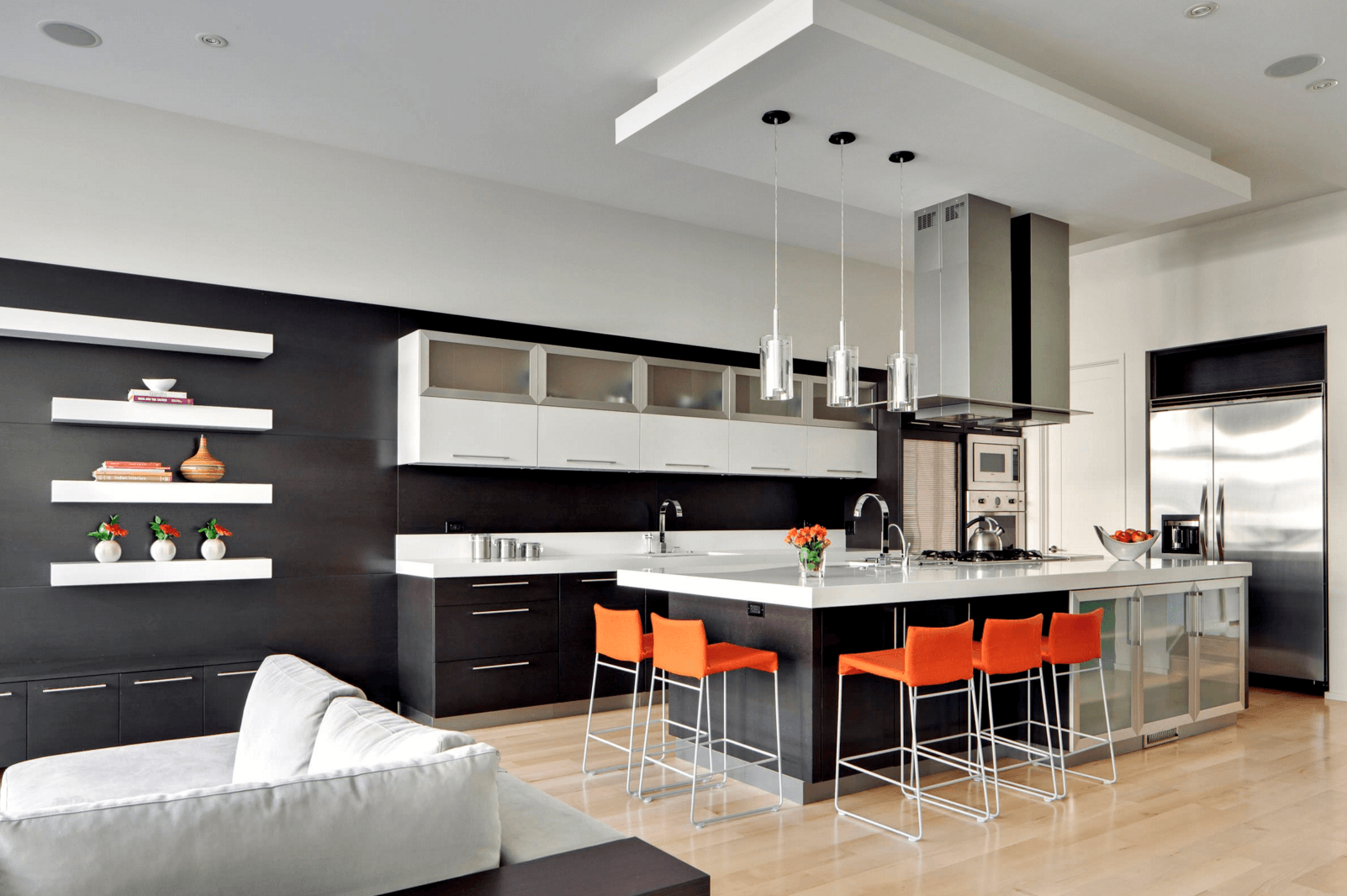

Minimalist House Ideas for the Urban Area: Alabama, Alaska, Arizona, Arkansas, California, Colorado, Connecticut, Delaware, Florida, Georgia, Hawaii, Idaho, Illinois, Indiana, Iowa, Kansas, Kentucky, Louisiana, Maine, Maryland, Massachusetts, Michigan, Minnesota, Mississippi, Missouri, Montana, Nebraska, Nevada, New Hampshire, New Jersey, New Mexico, New York, North Carolina, North Dakota, Ohio, Oklahoma, Oregon, Pennsylvania, Rhode Island, South Carolina, South Dakota, Tennessee, Texas, Utah, Vermont, Virginia, Washington, West Virginia, Wisconsin, Wyoming.
Buenos Aires, Argentina; São Paulo, Brazil; Rio de Janeiro, Brazil; Bogotá, Colombia; Lima, Peru; Santiago, Chile; Caracas, Venezuela; Montevideo, Uruguay; Quito, Ecuador; Asunción, Paraguay; La Paz, Bolivia; Sucre, Bolivia; Medellín, Colombia; Cali, Colombia; Guayaquil, Ecuador; Valparaíso, Chile; Rosario, Argentina; Córdoba, Argentina; Maracaibo, Venezuela; Barranquilla, Colombia; Manaus, Brazil.
Africa:
Cairo, Lagos, Nairobi, Dakar, Johannesburg, Casablanca, Addis Ababa, Accra, Tunis, Lusaka, Harare, Kampala, Algiers, Khartoum, Mogadishu, Freetown, Windhoek, Kigali, Bamako, Dar es Salaam.
Australia:
Sydney, Melbourne, Brisbane, Perth, Adelaide, Hobart, Darwin, Canberra, Gold Coast, Cairns, Newcastle, Wollongong, Geelong, Townsville, Launceston, Toowoomba, Ballarat, Bendigo, Albury, Rockhampton.
Europe:
London, Paris, Rome, Berlin, Madrid, Vienna, Amsterdam, Lisbon, Prague, Athens, Brussels, Copenhagen, Oslo, Dublin, Warsaw, Helsinki, Stockholm, Budapest, Edinburgh, Zurich, Munich.




